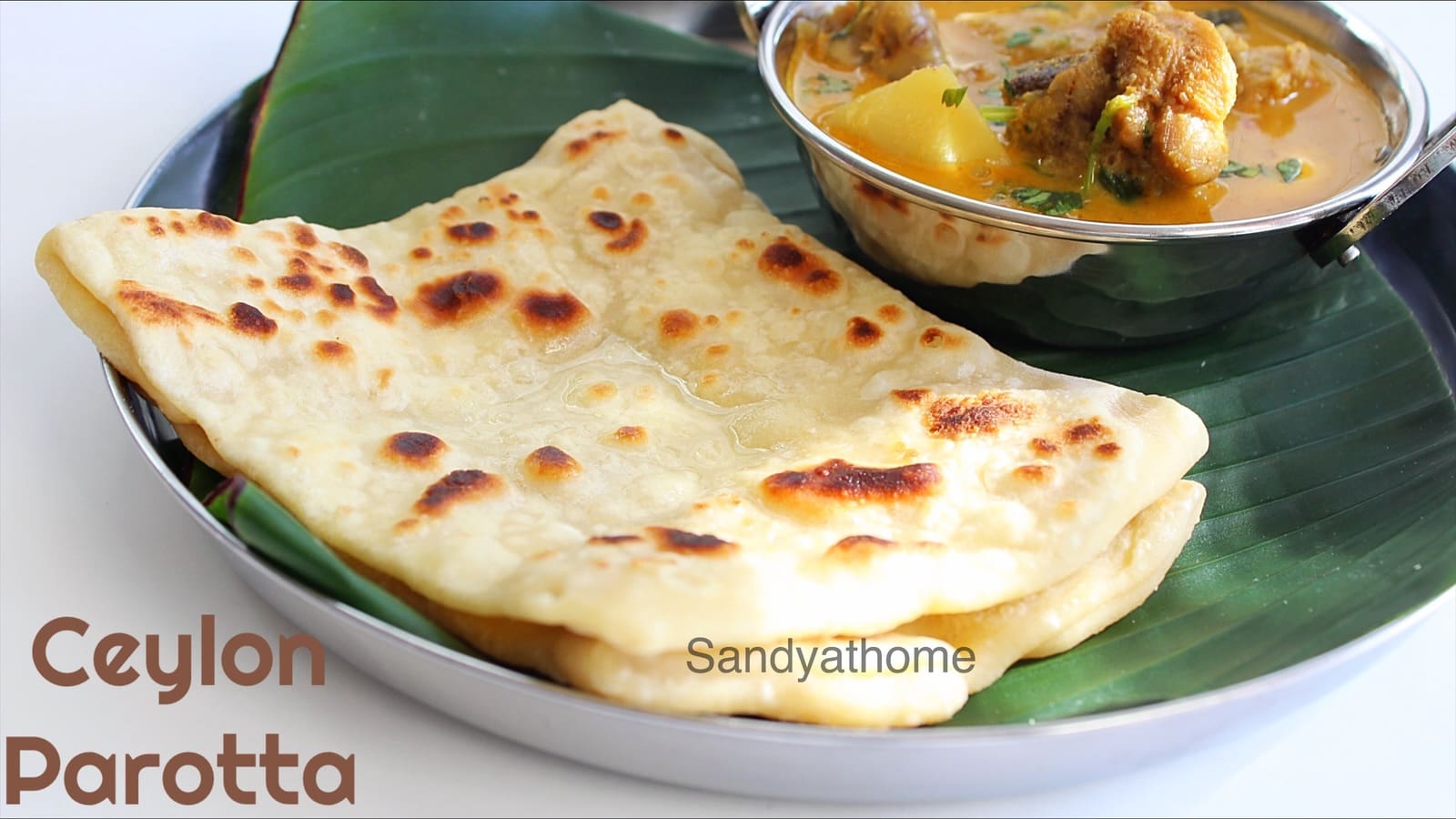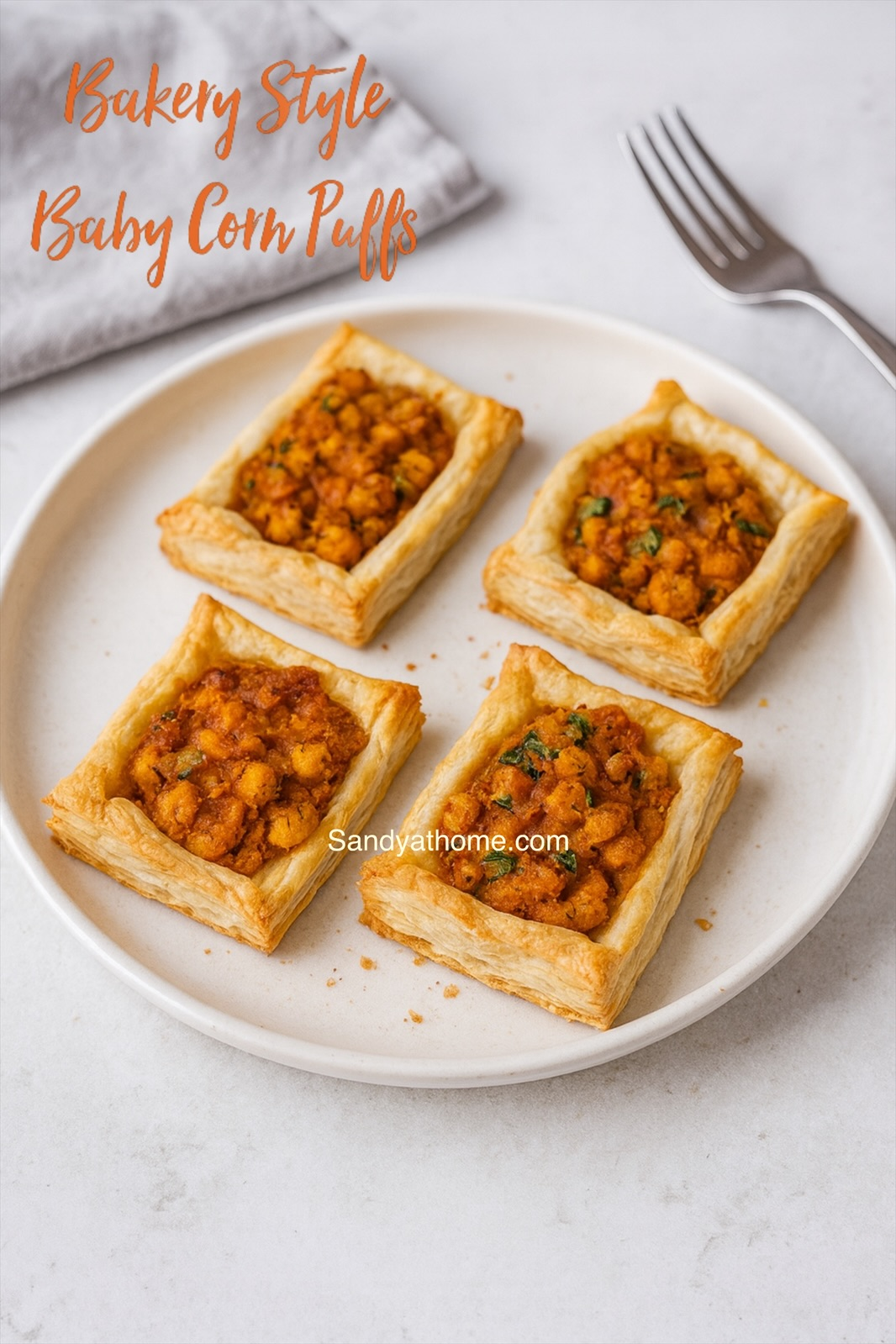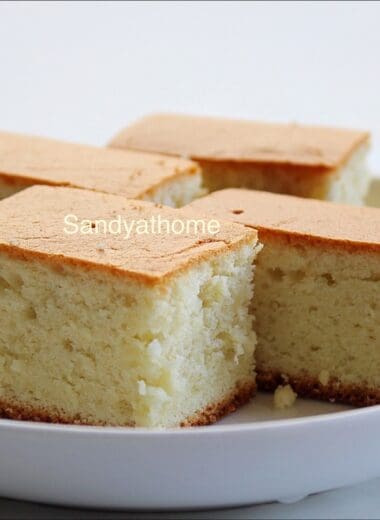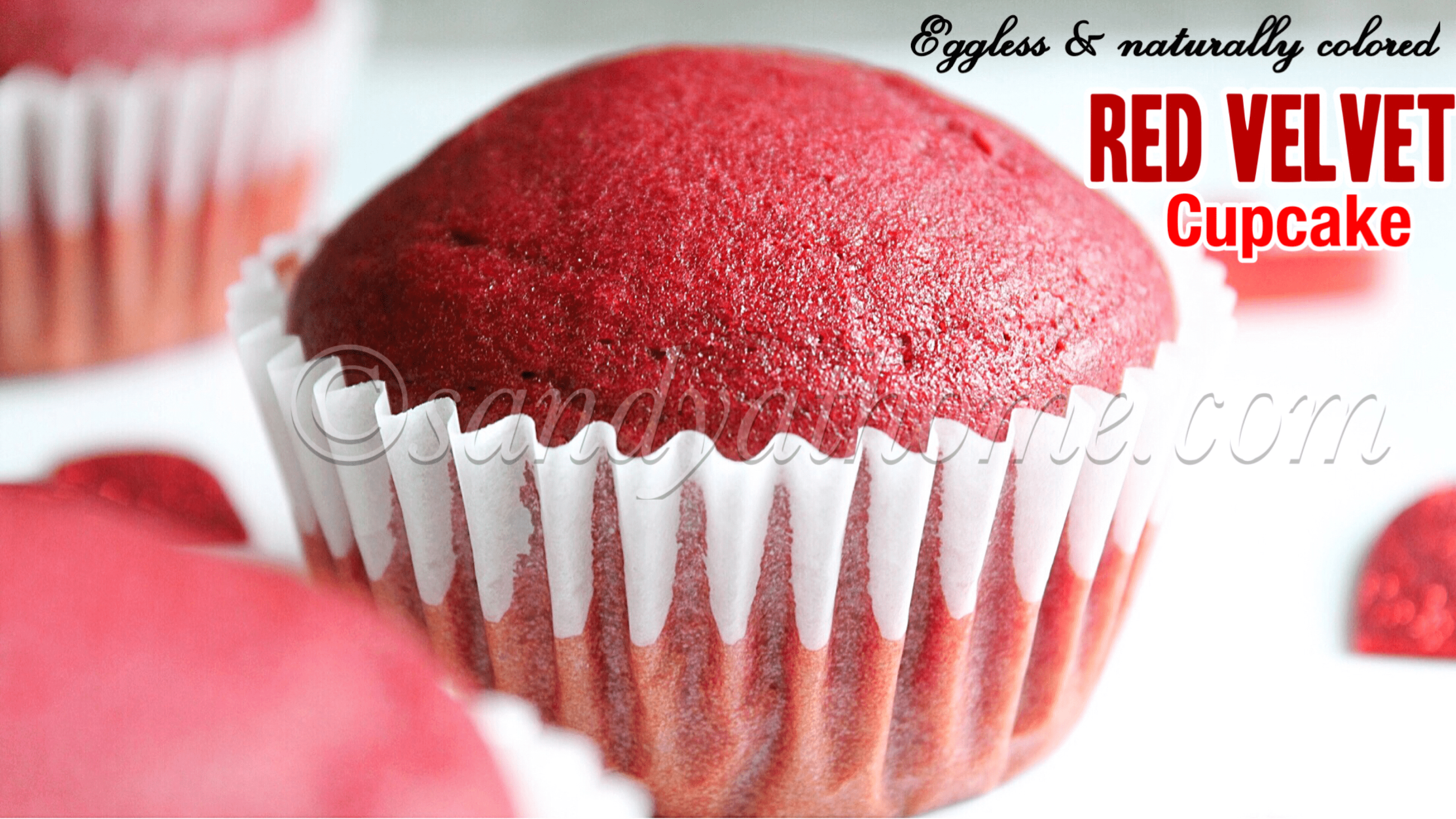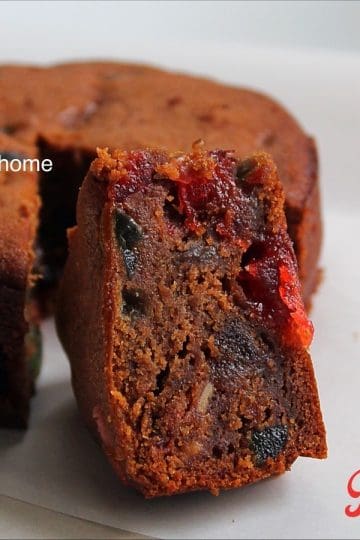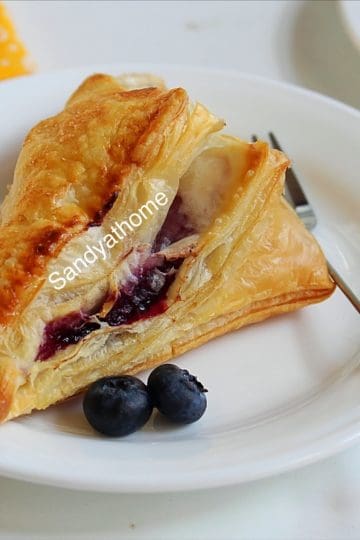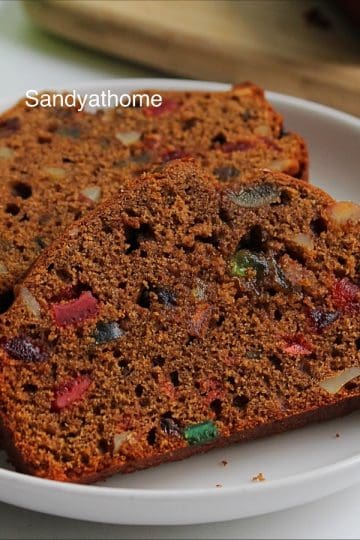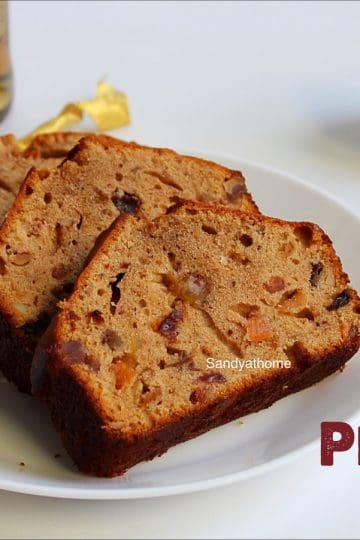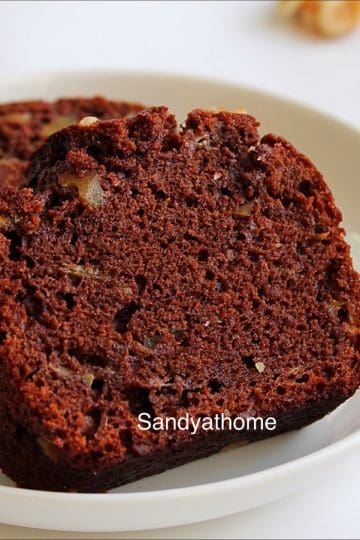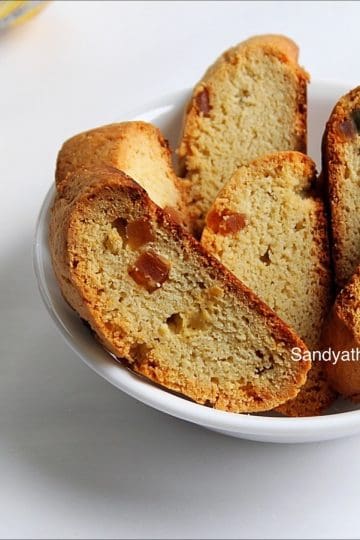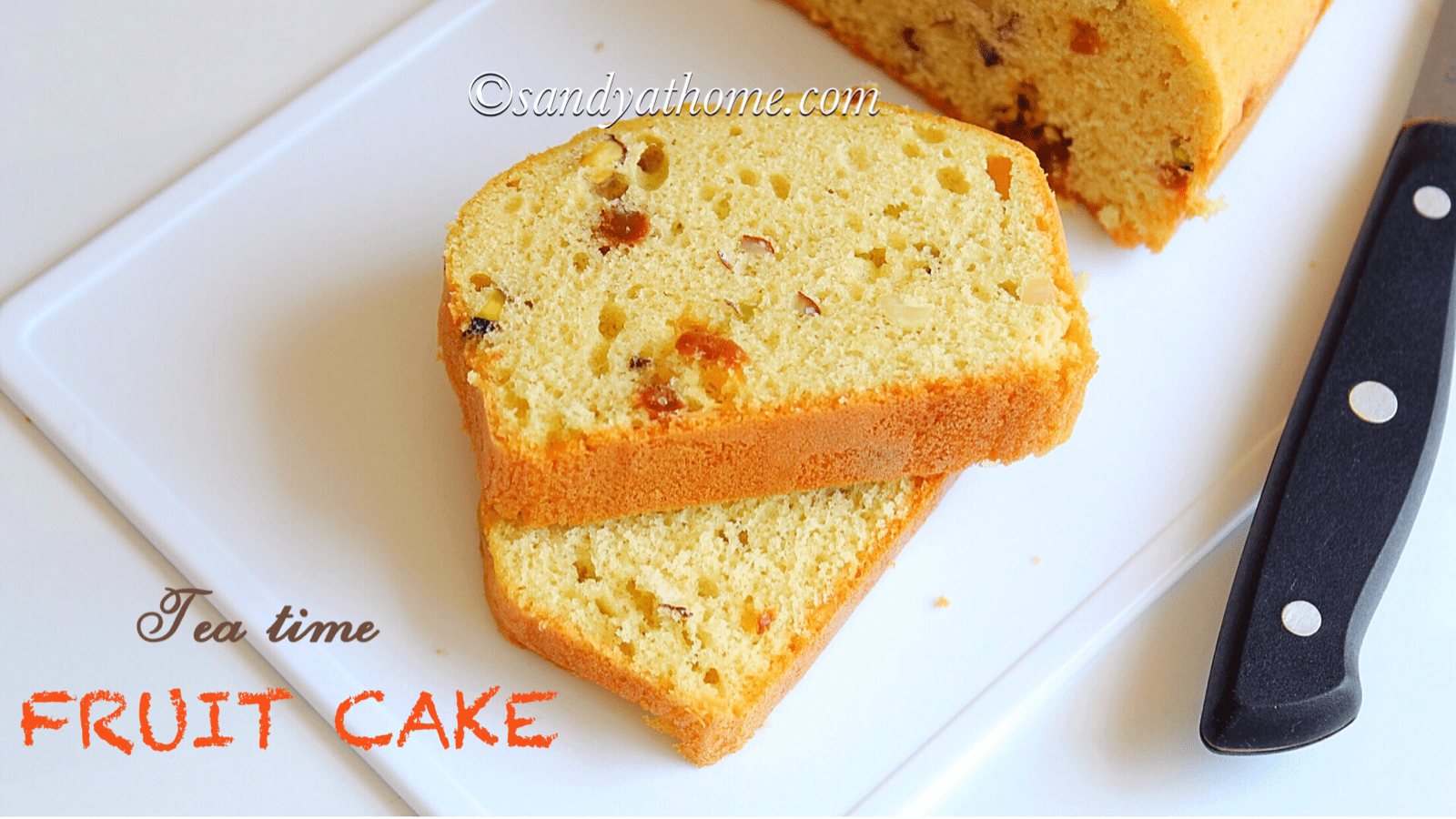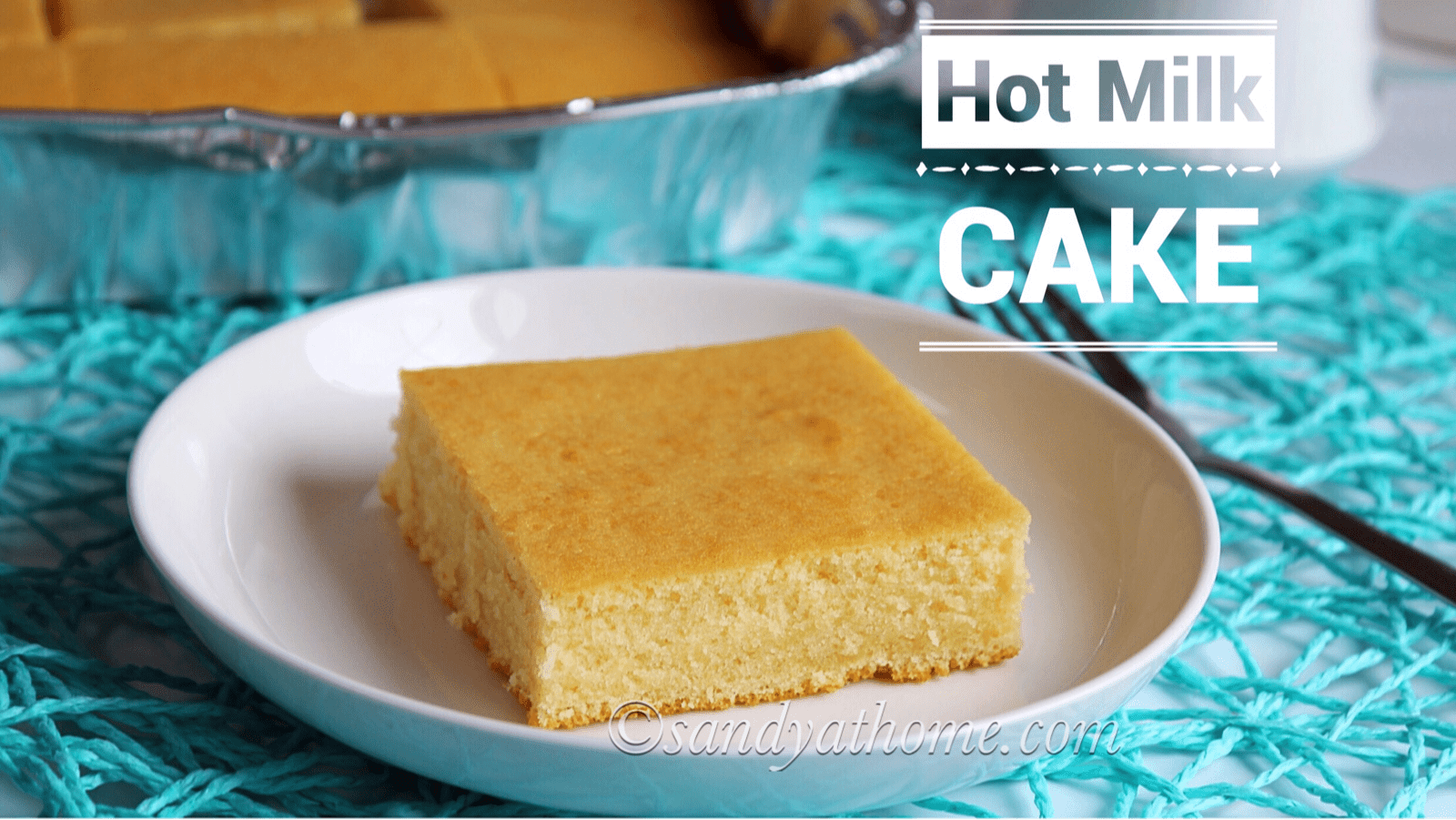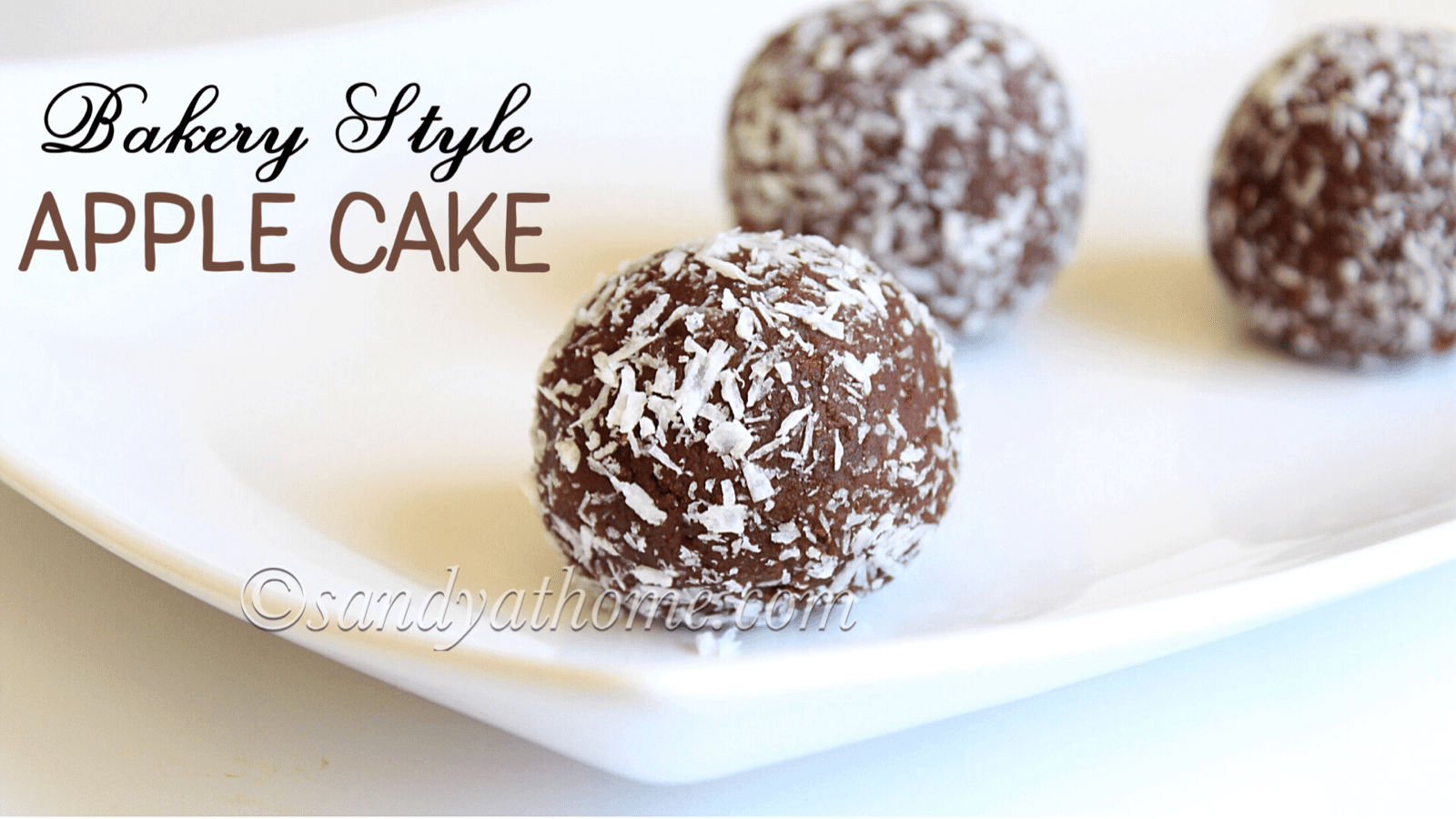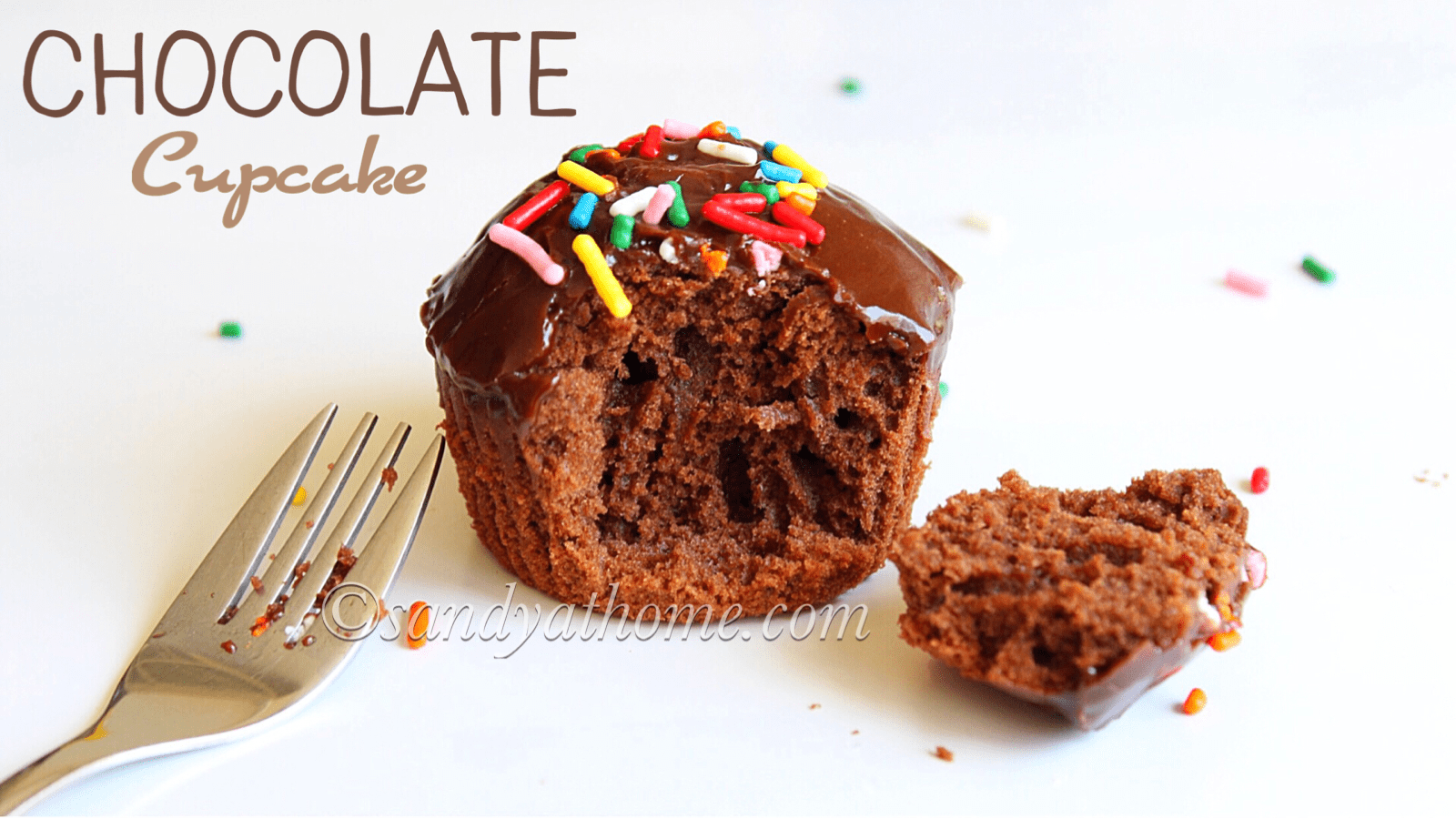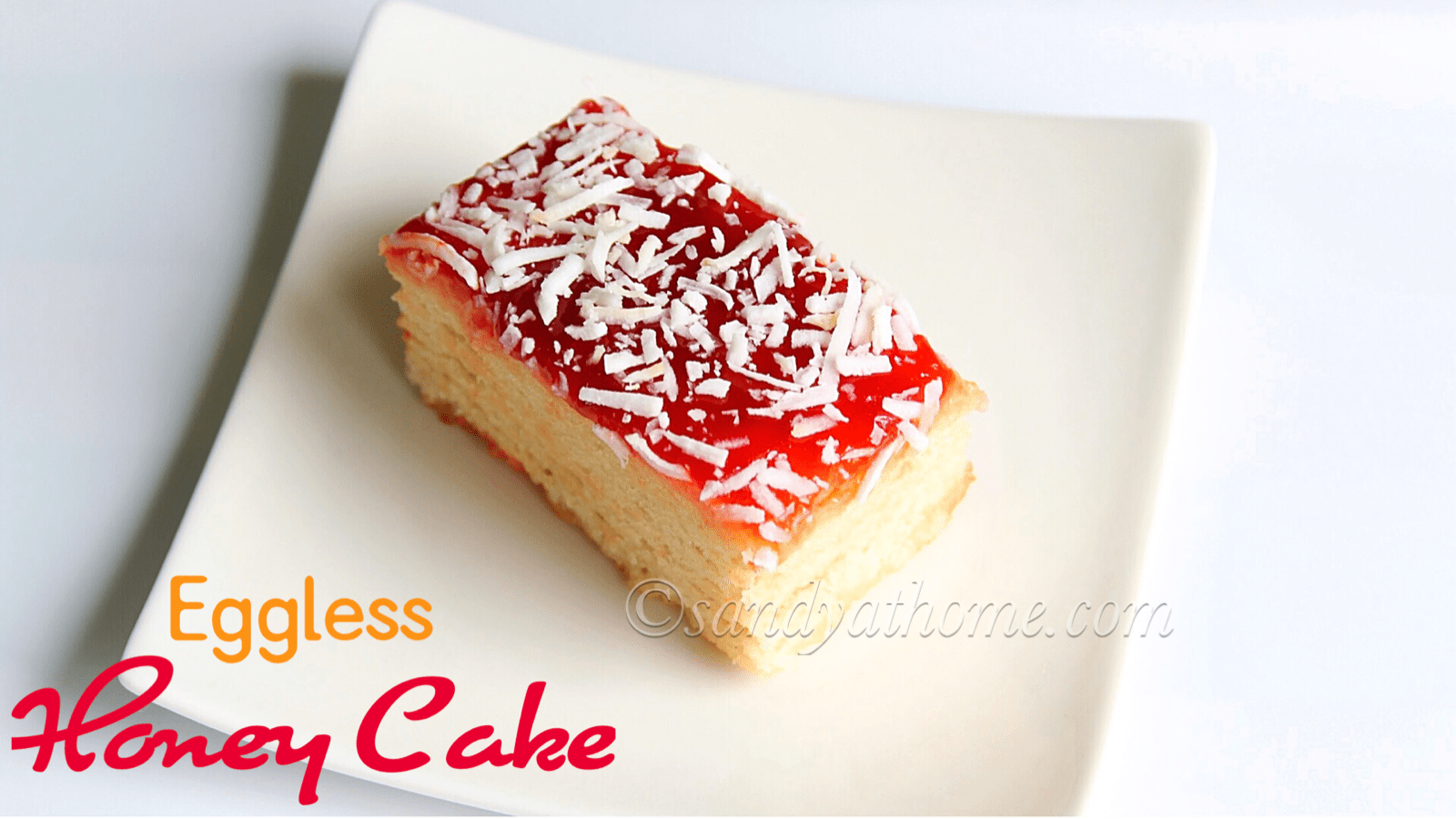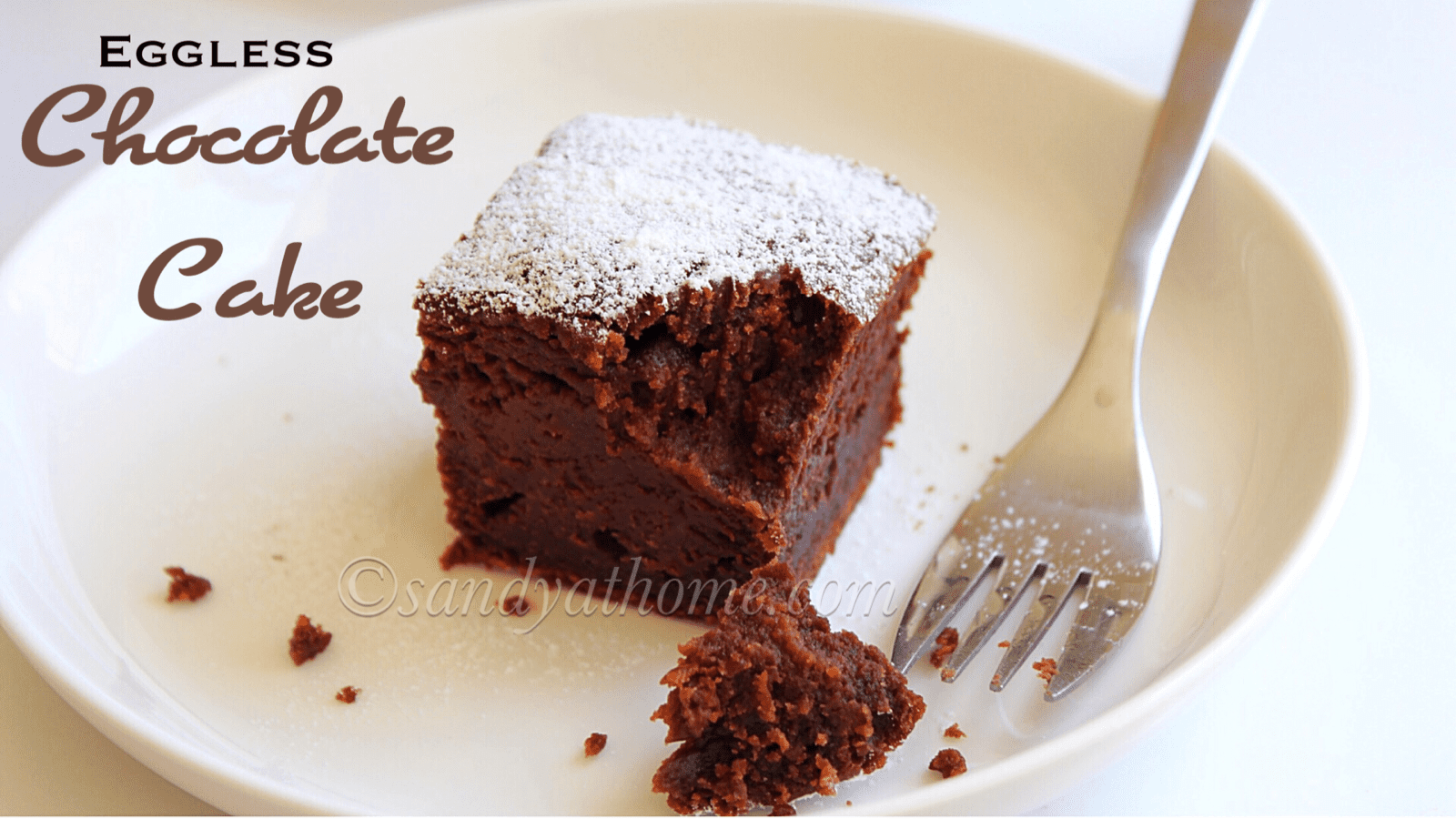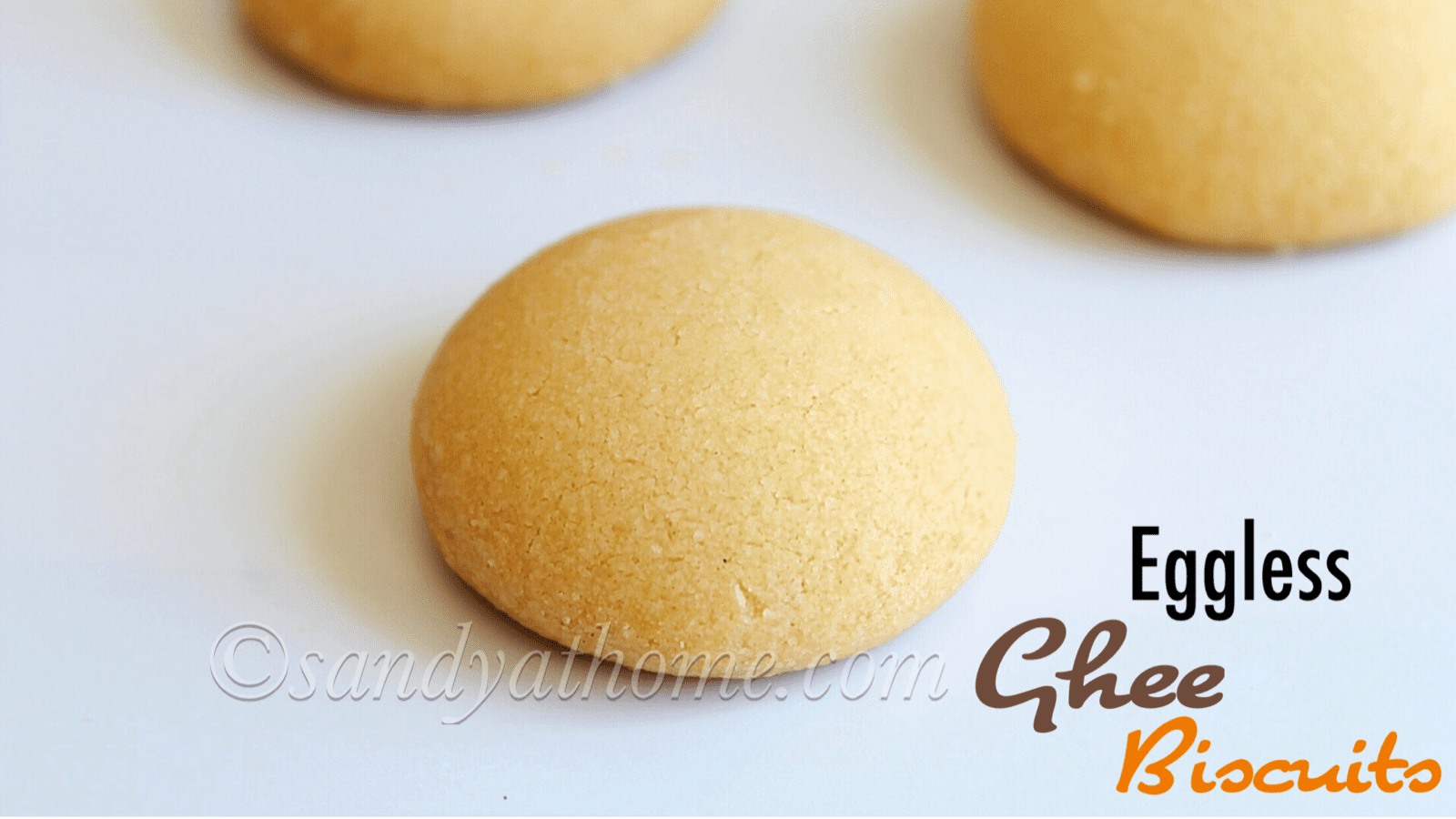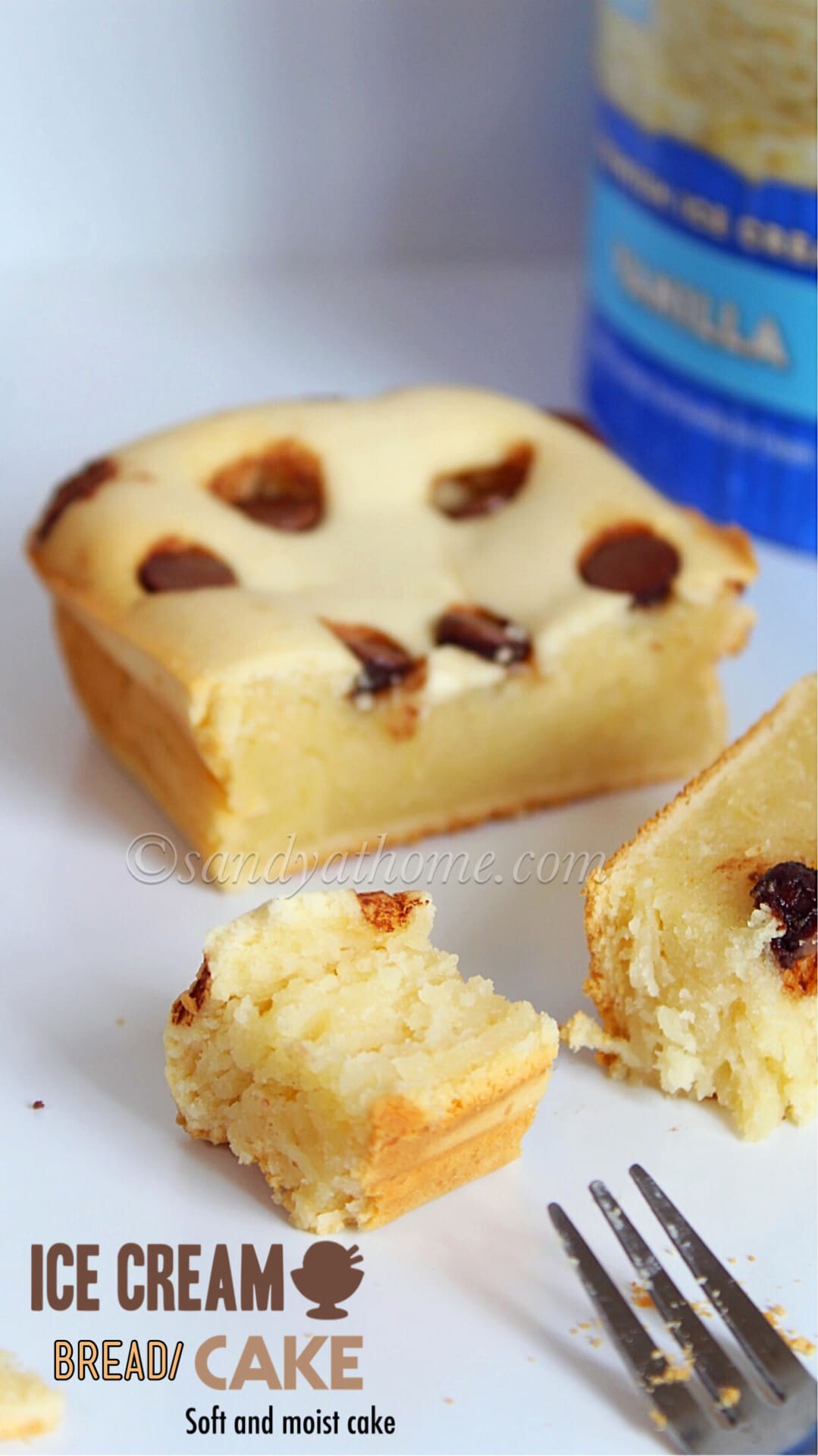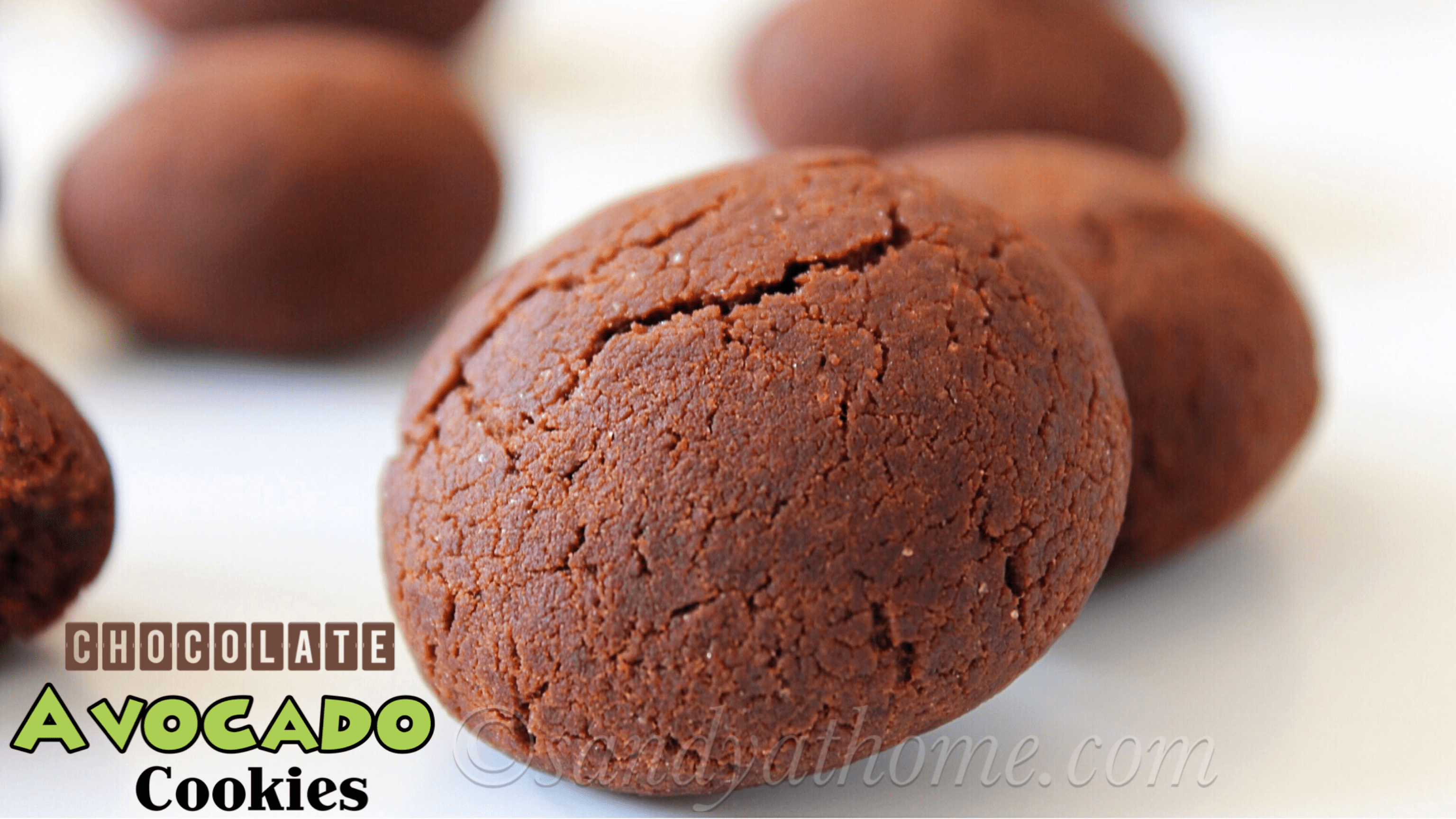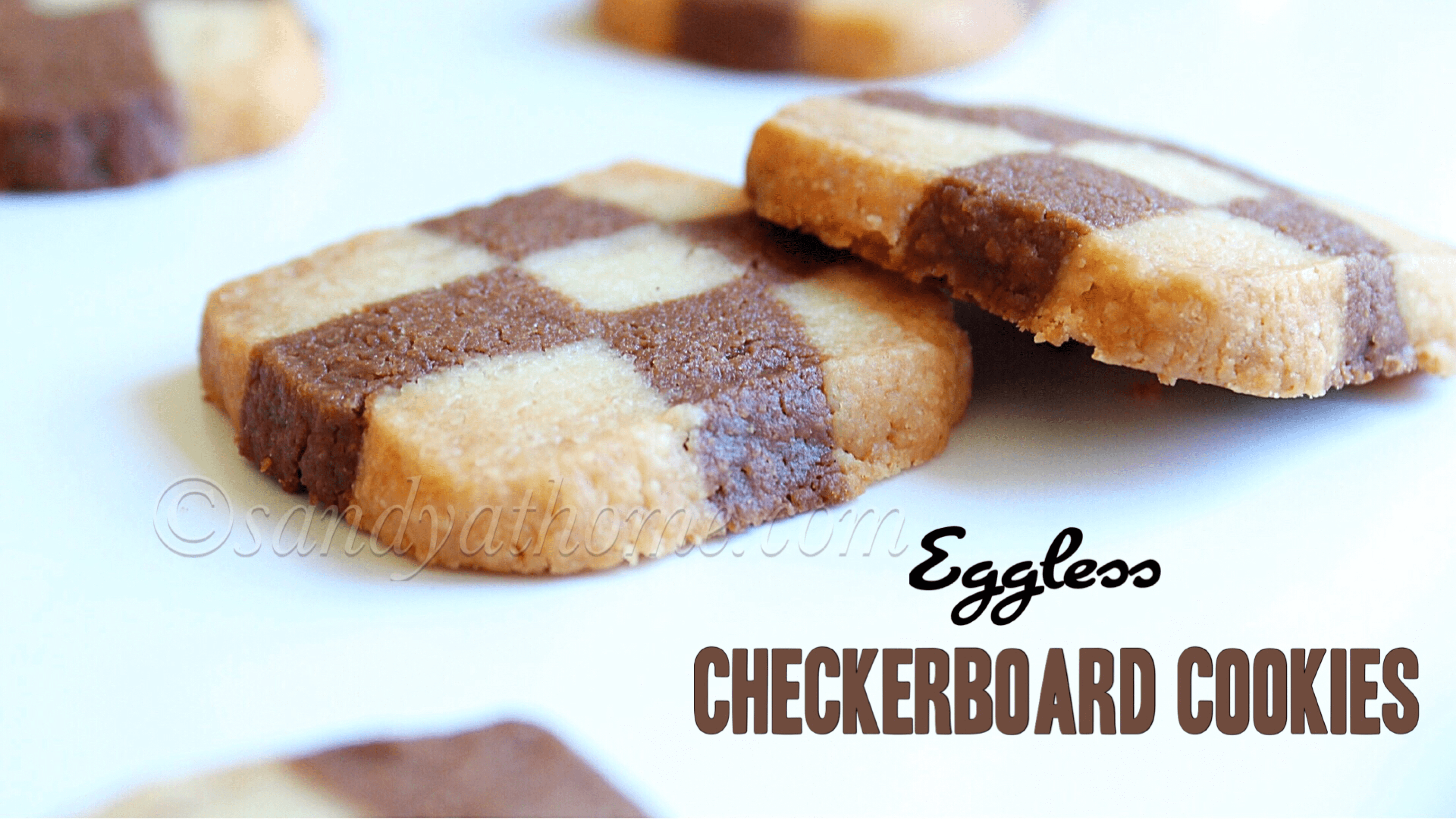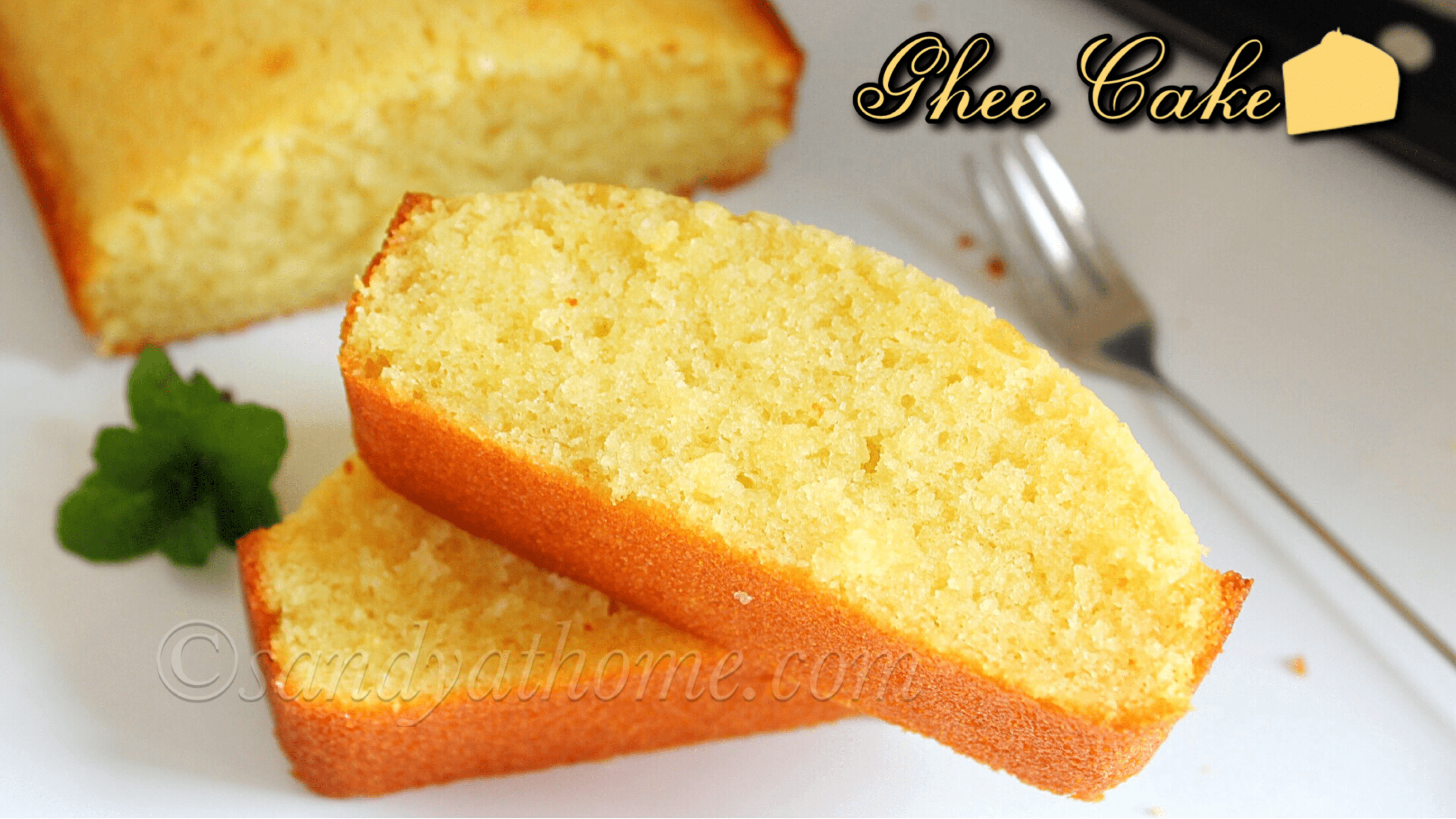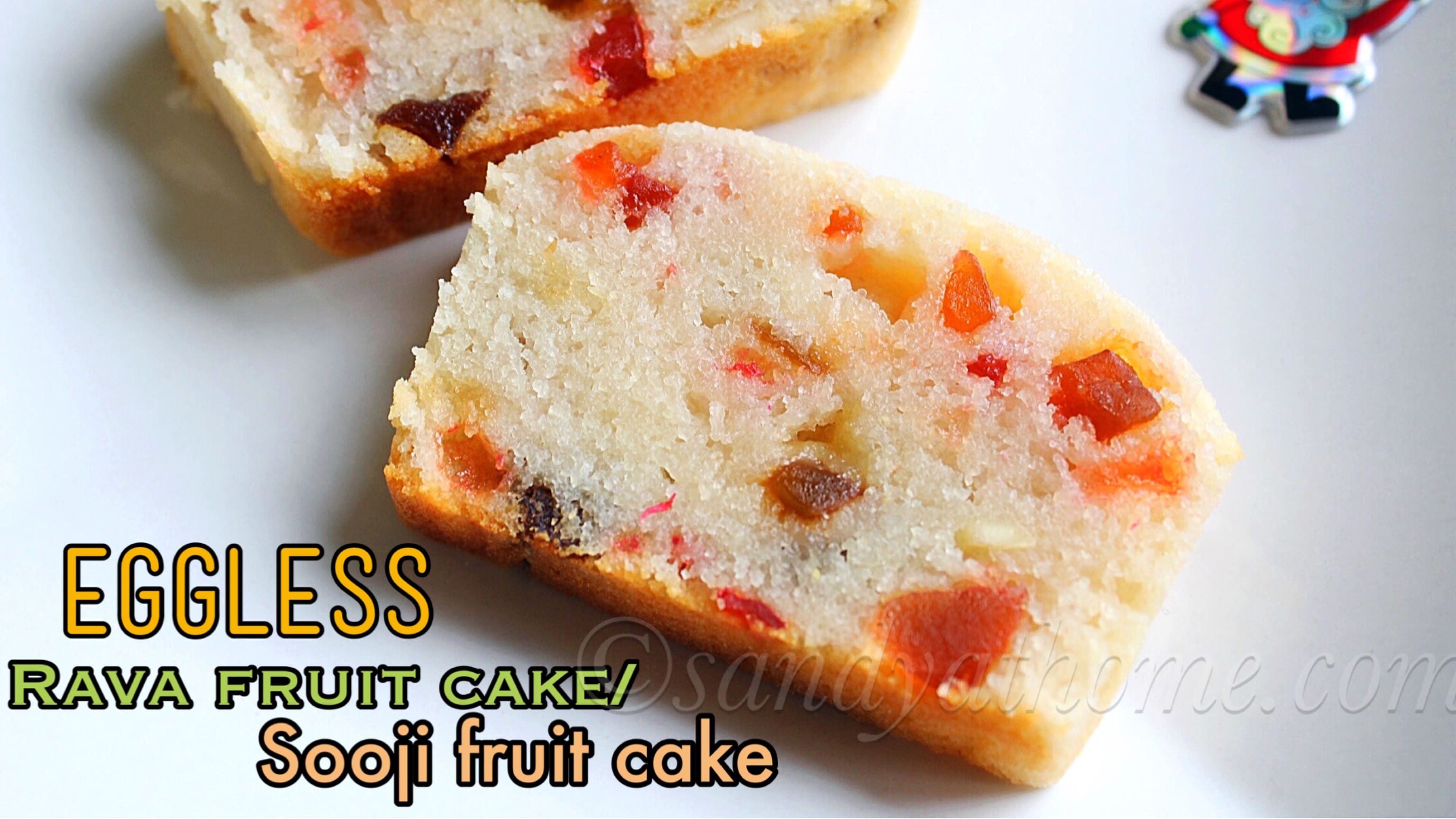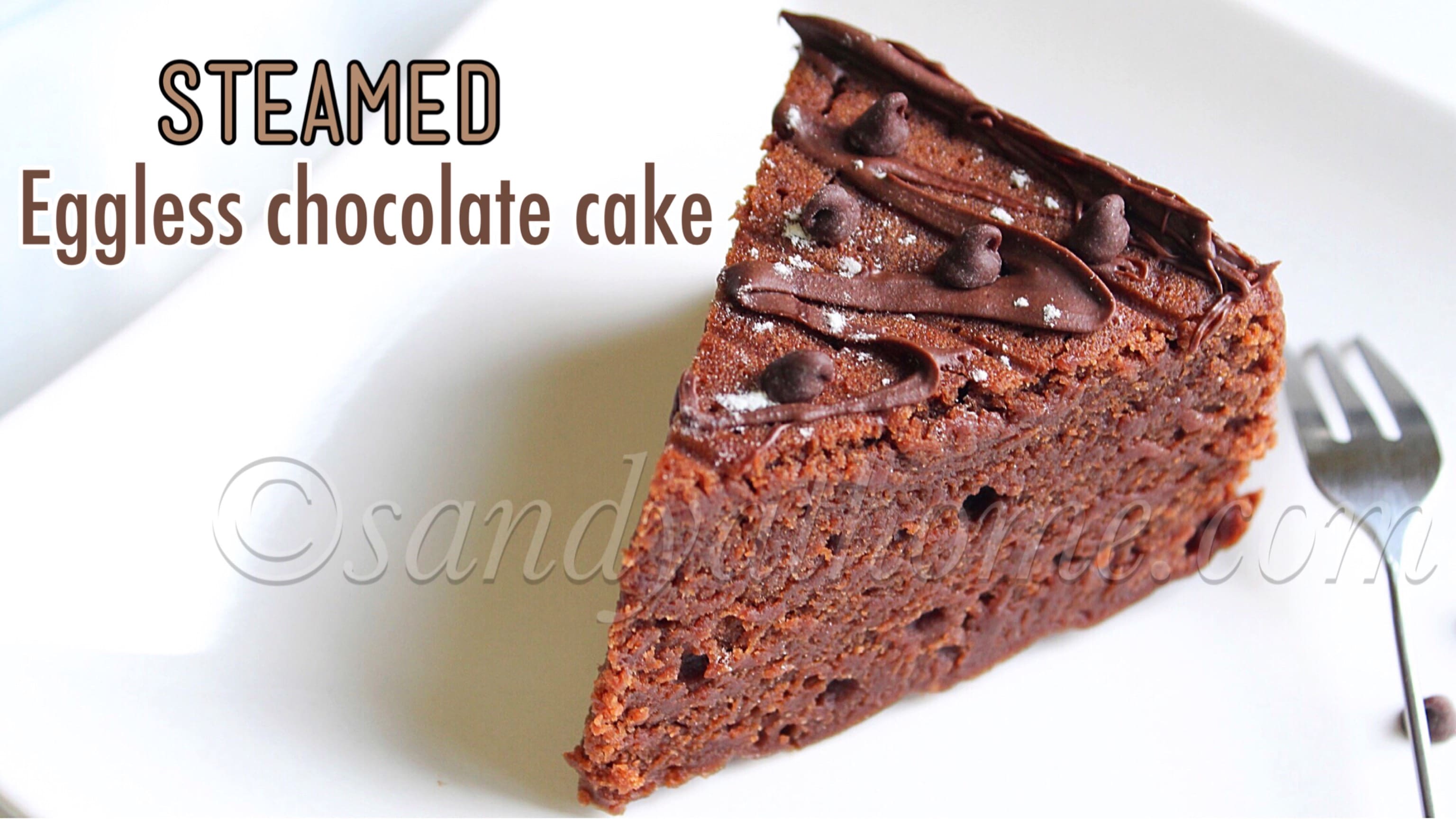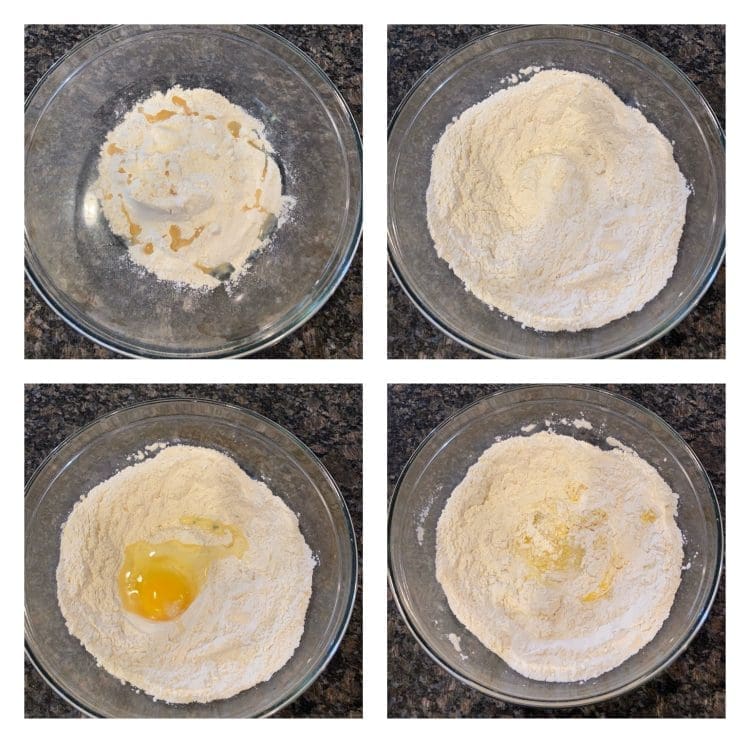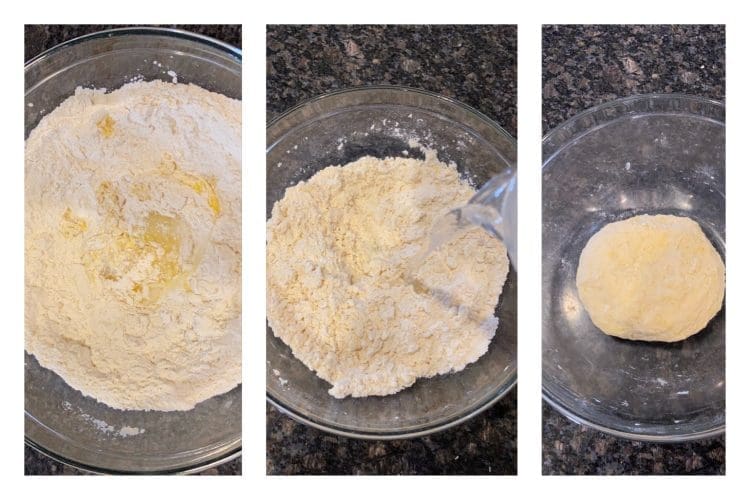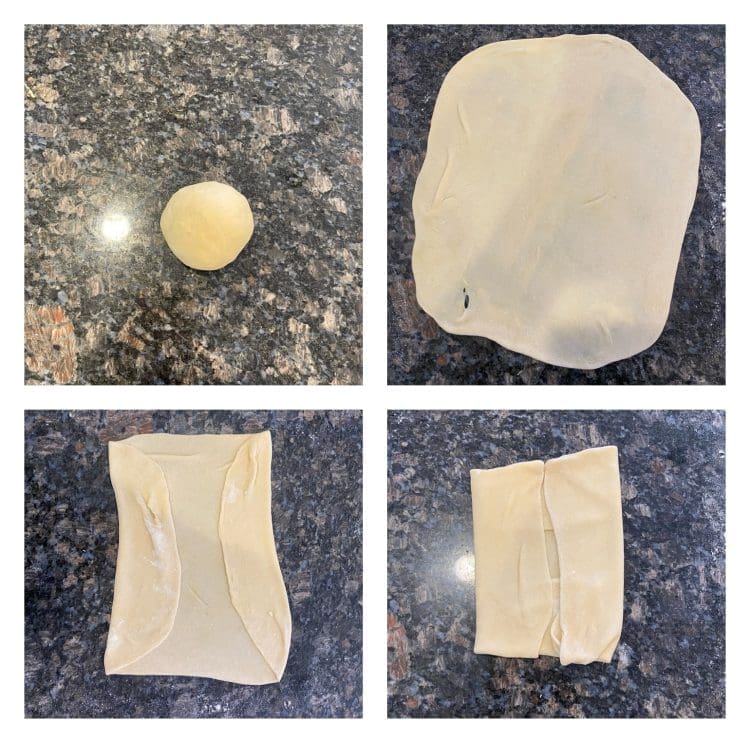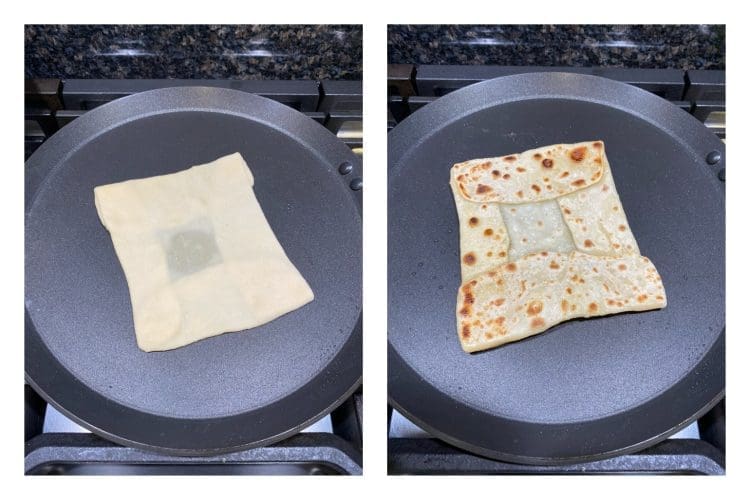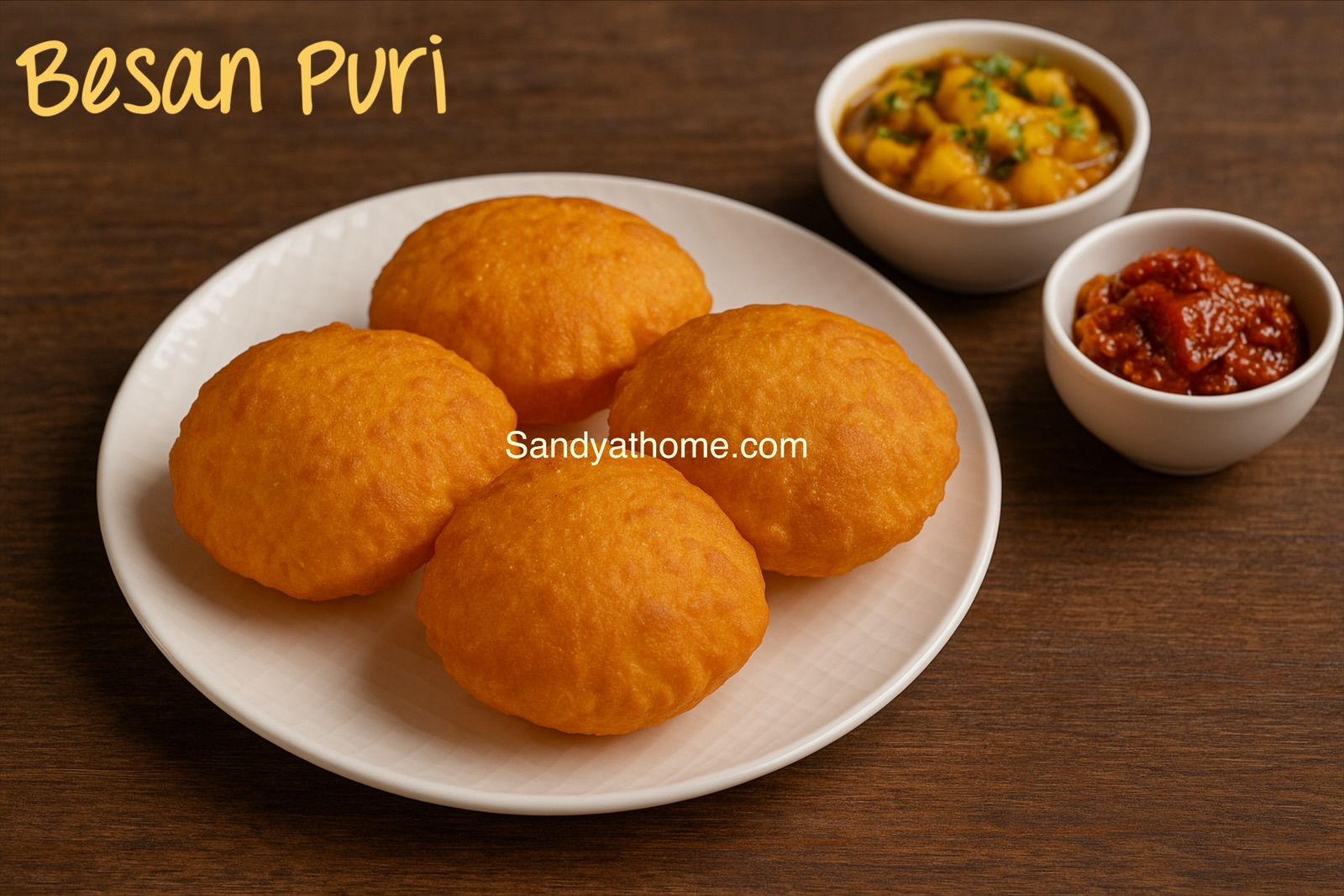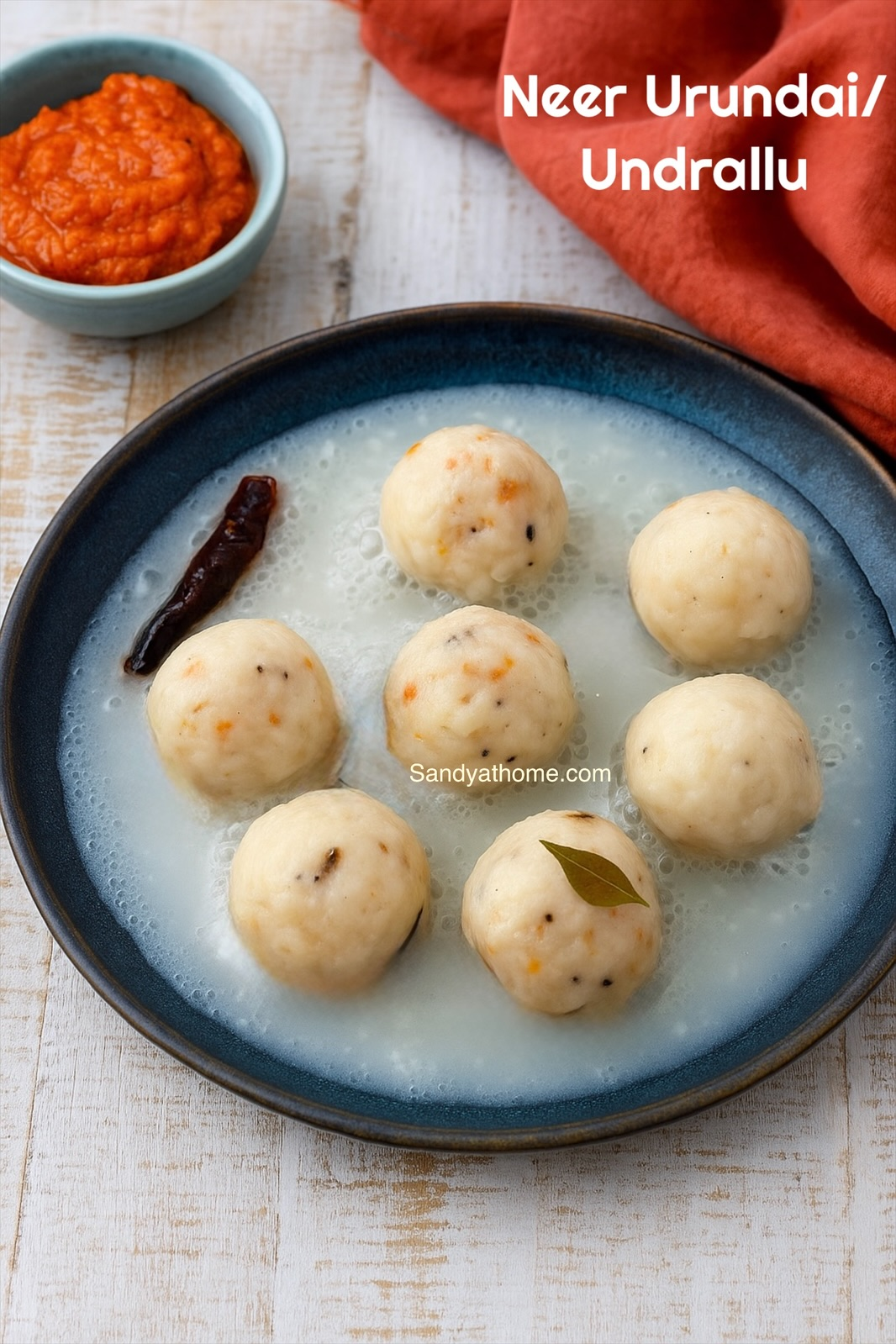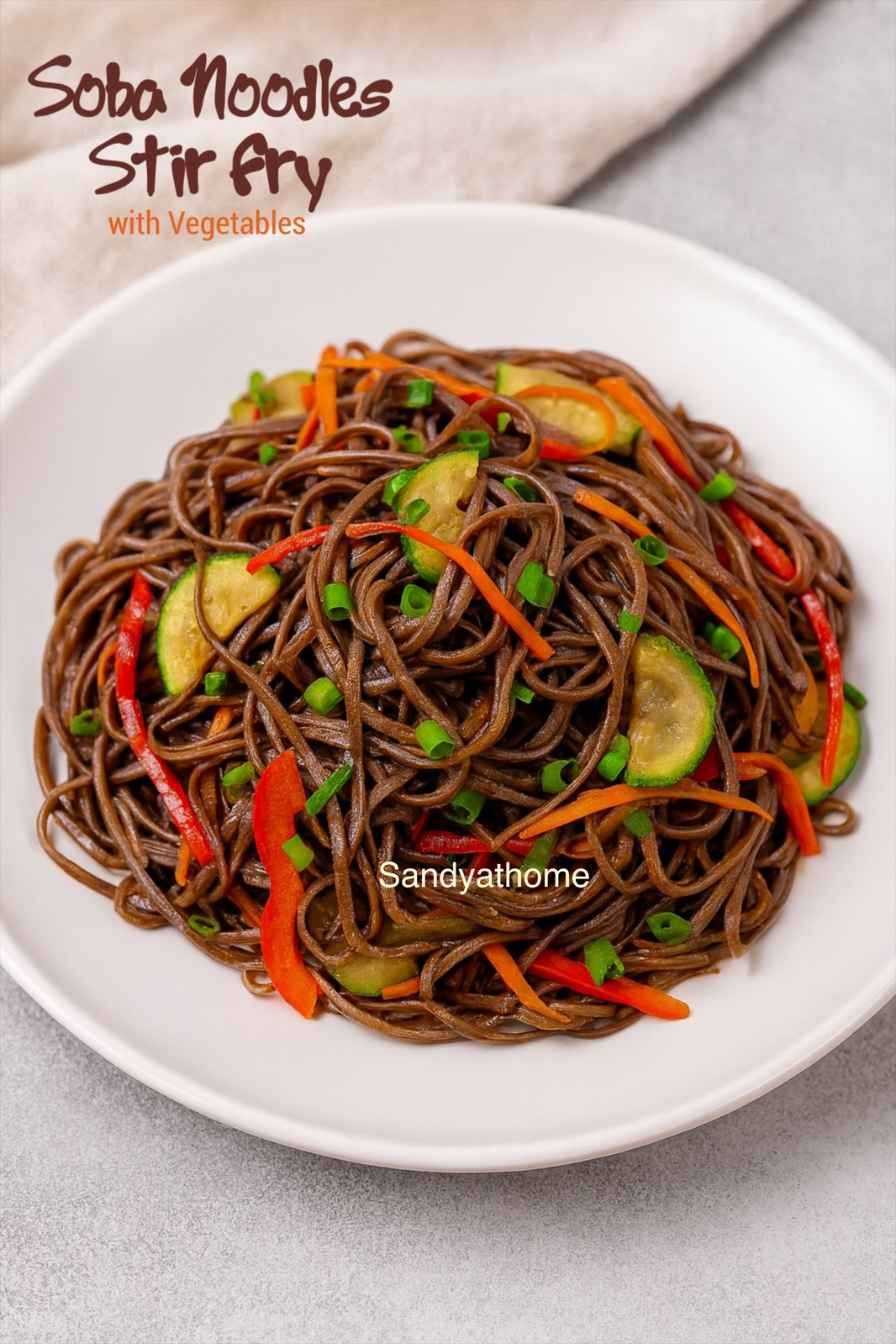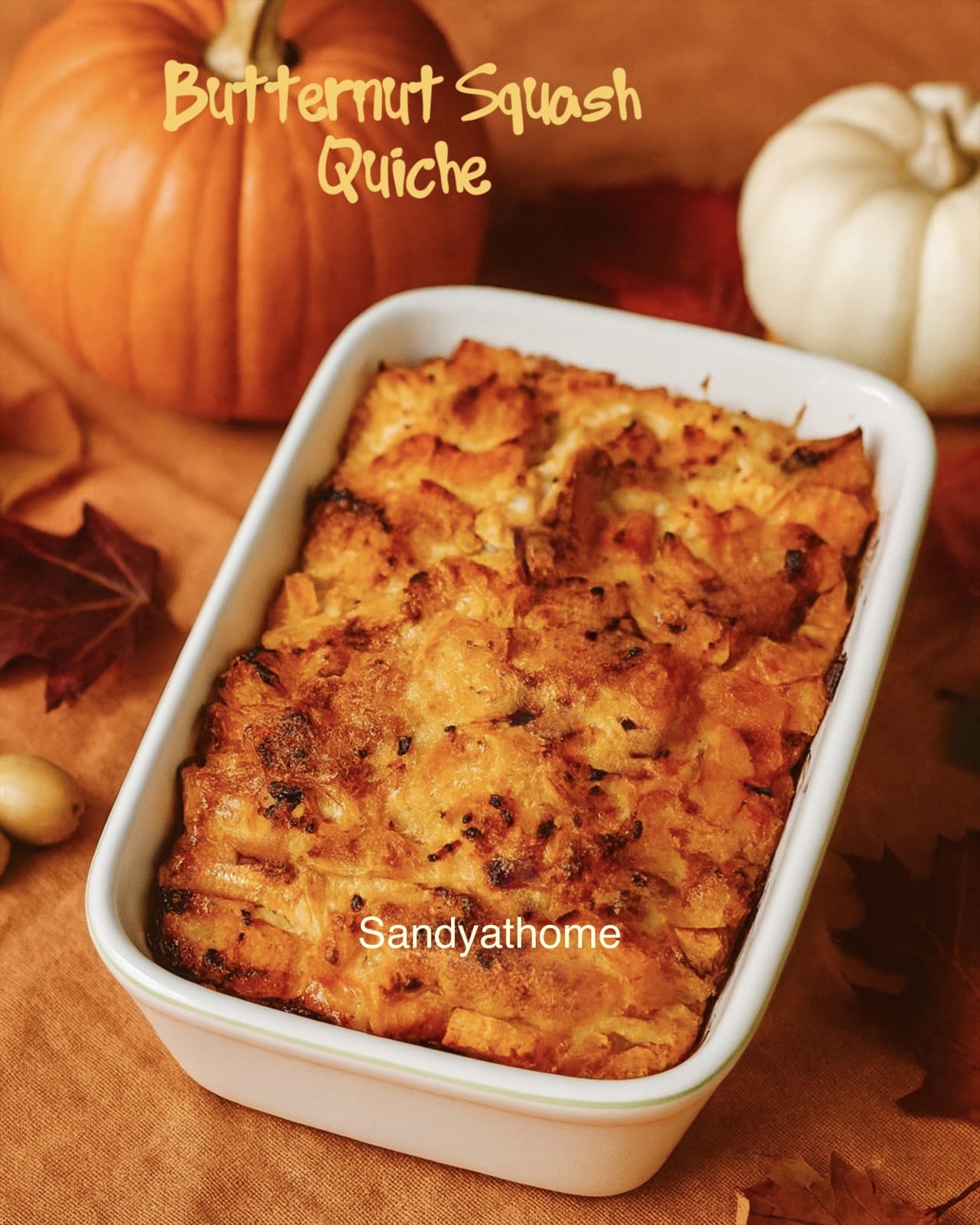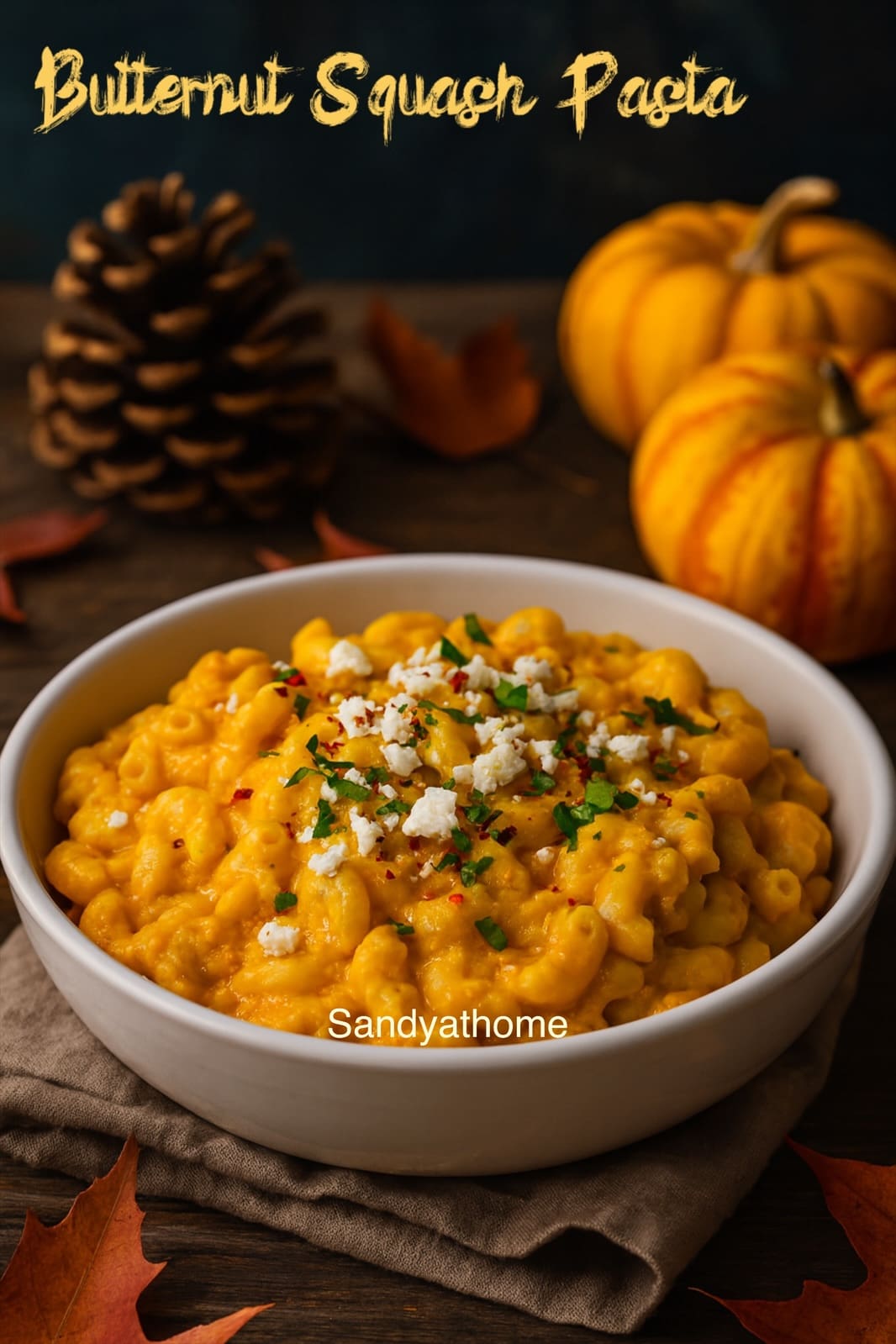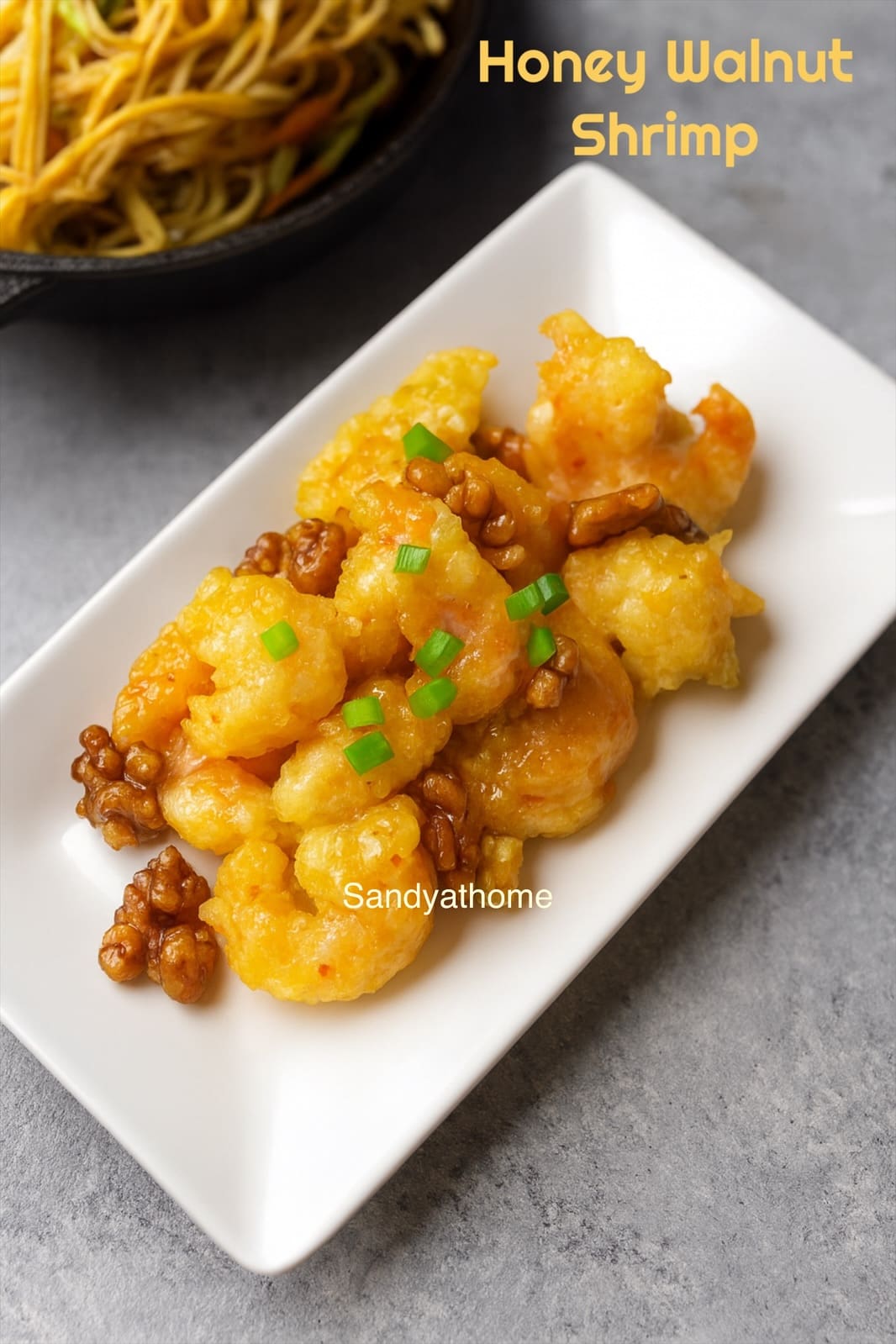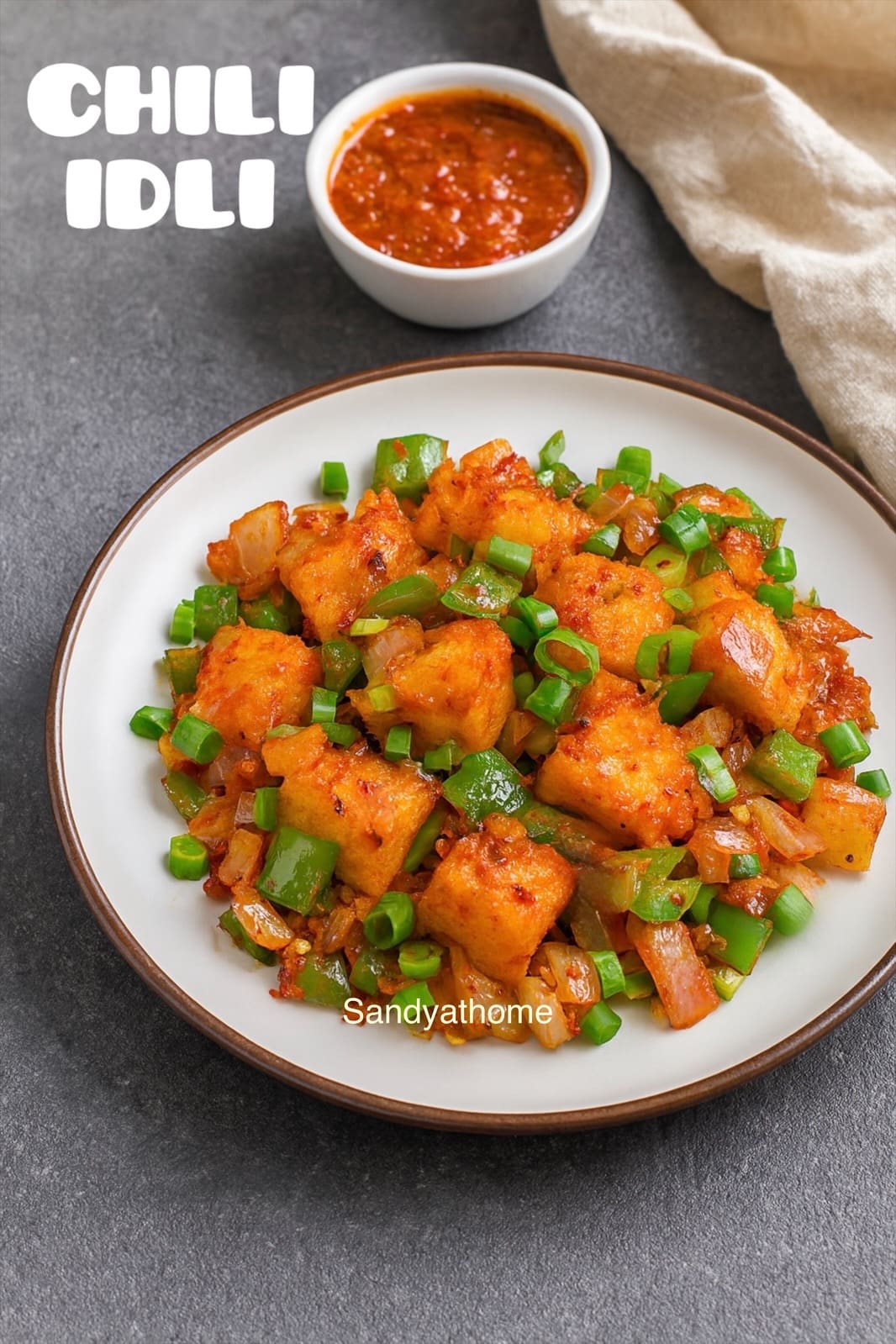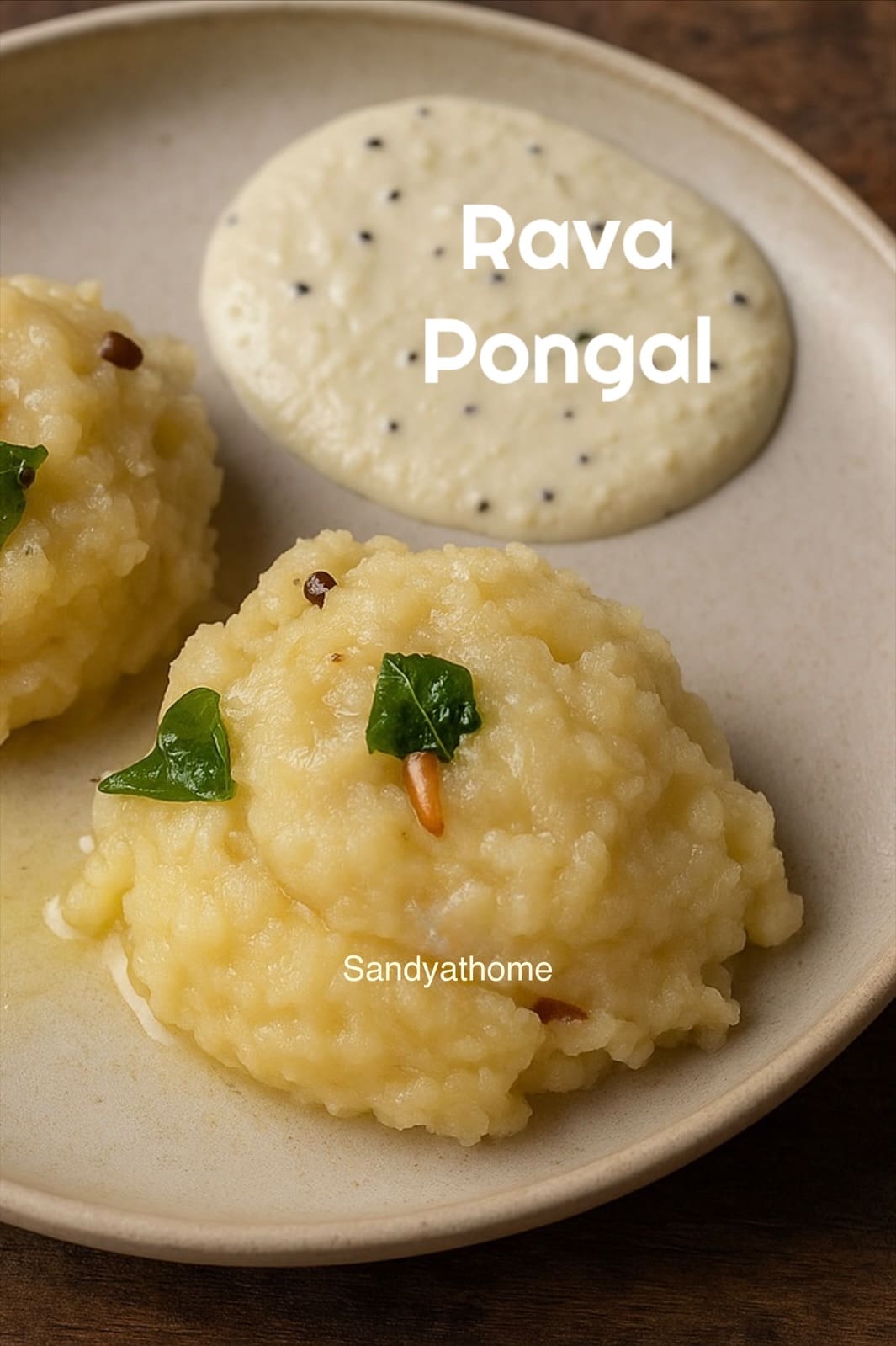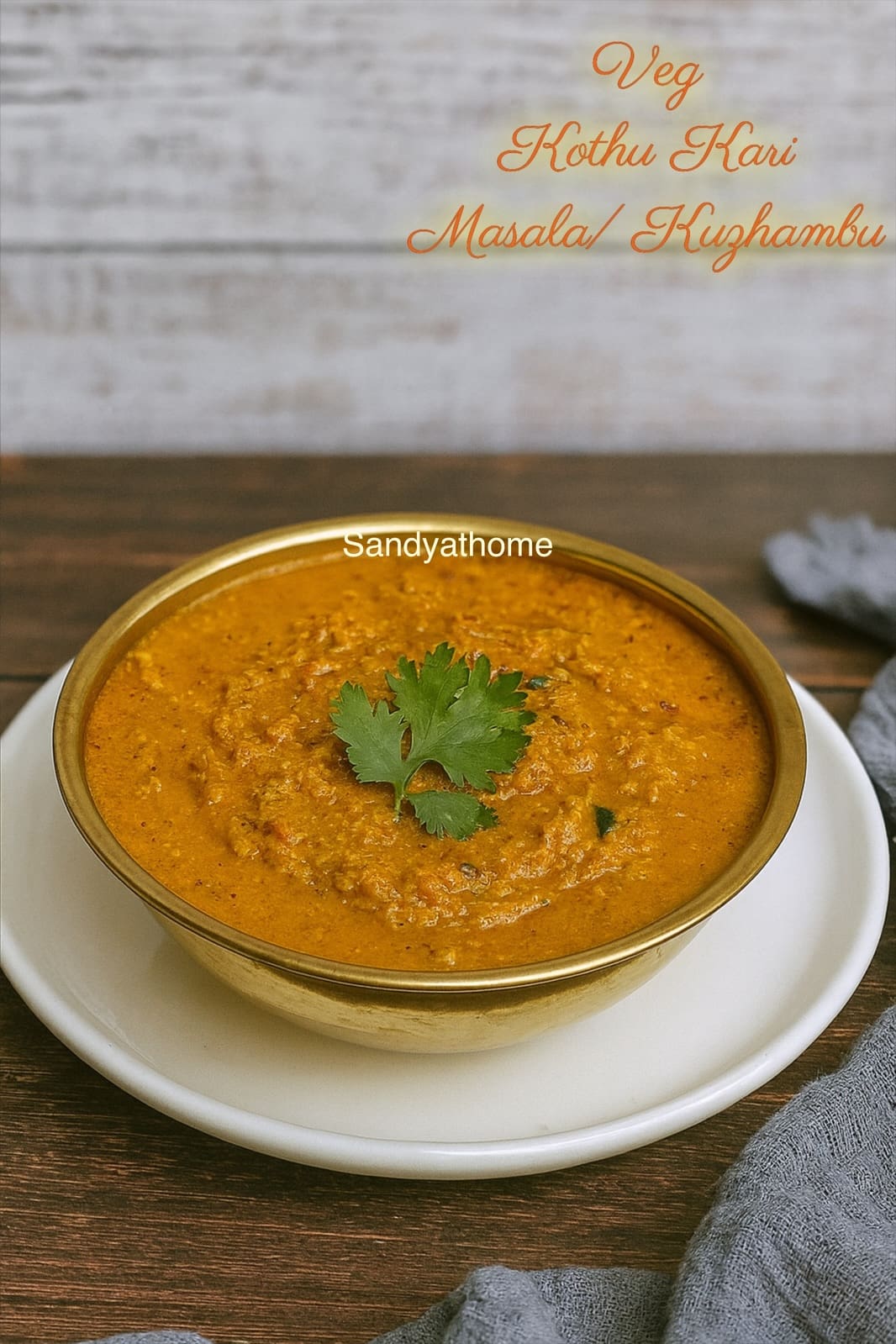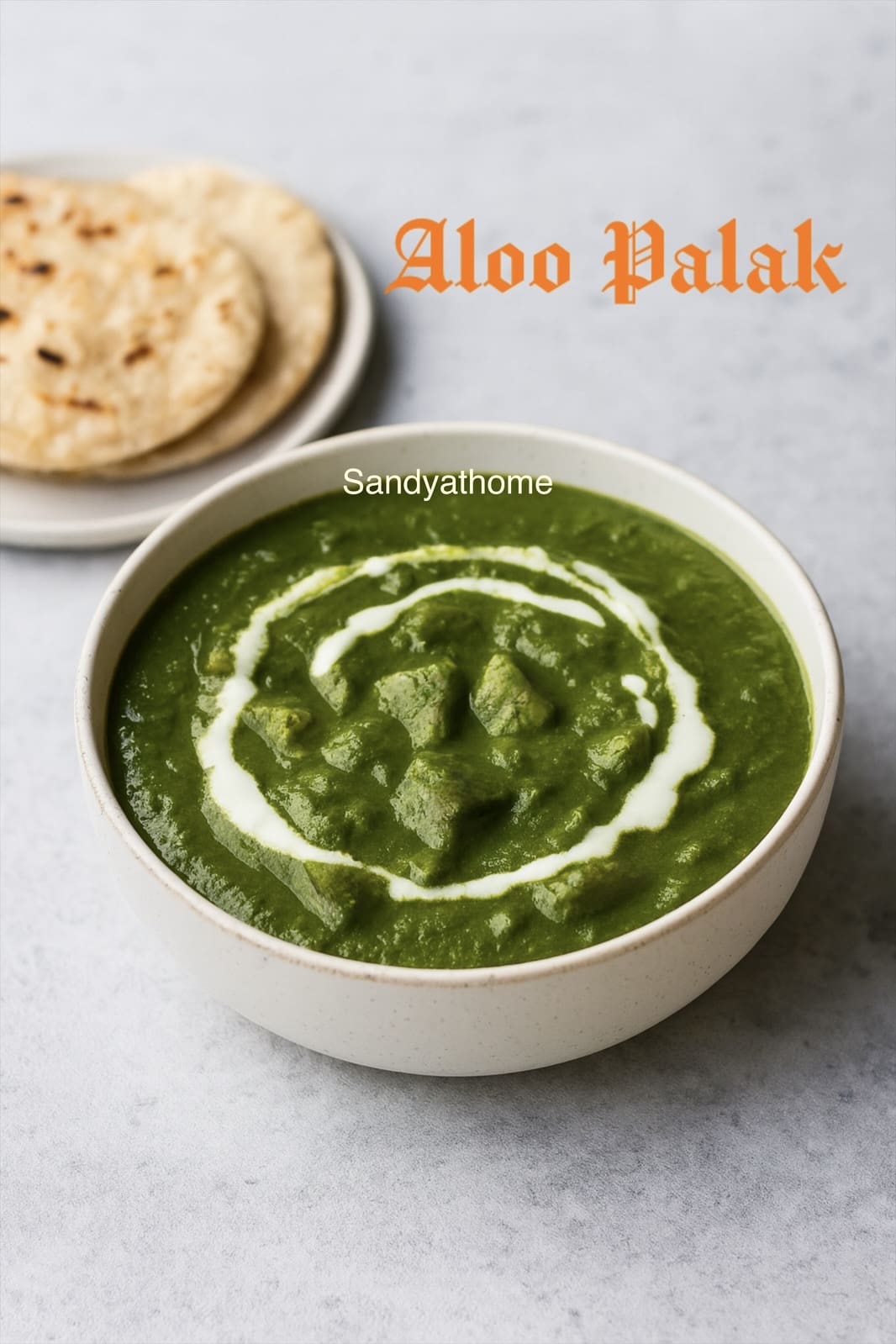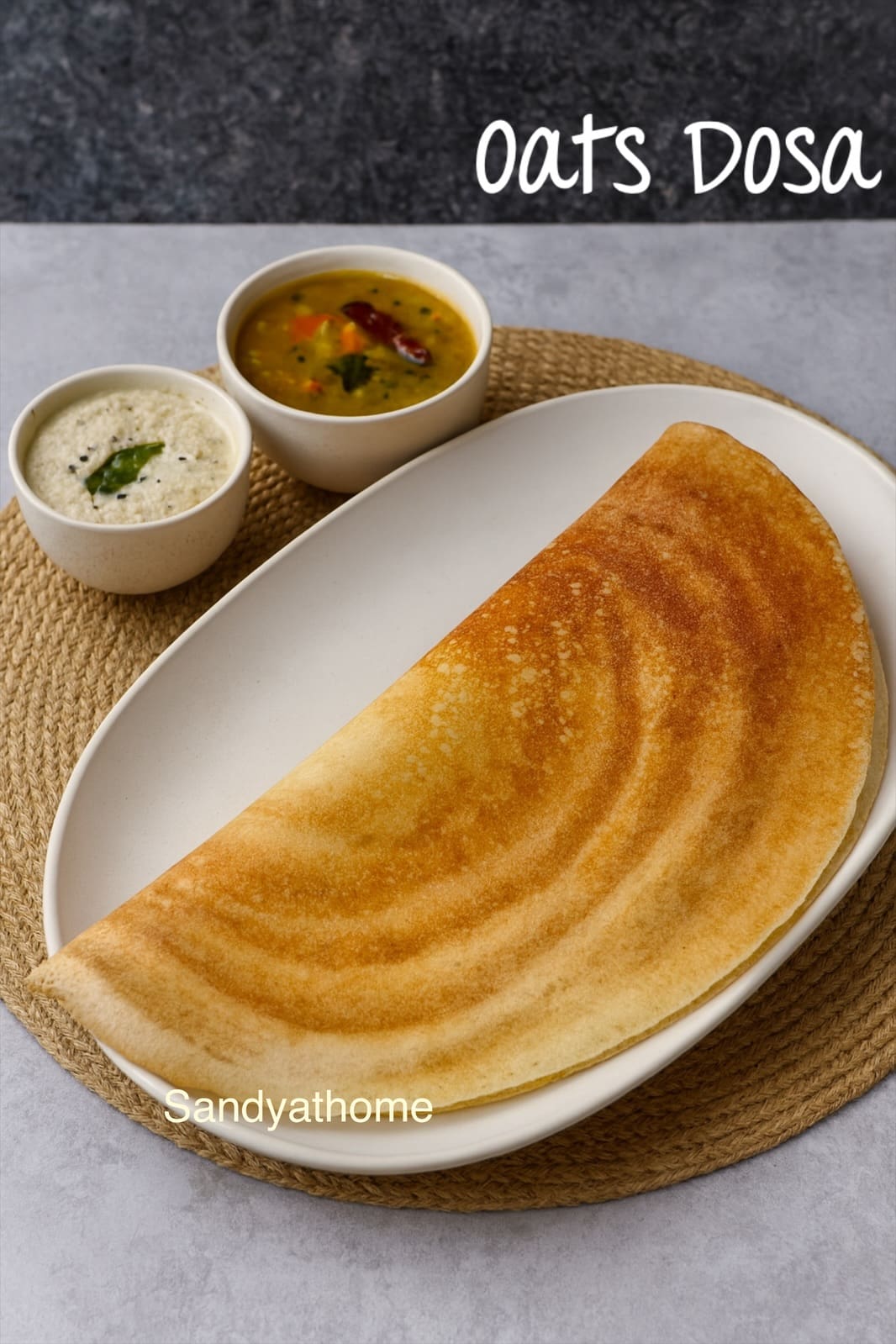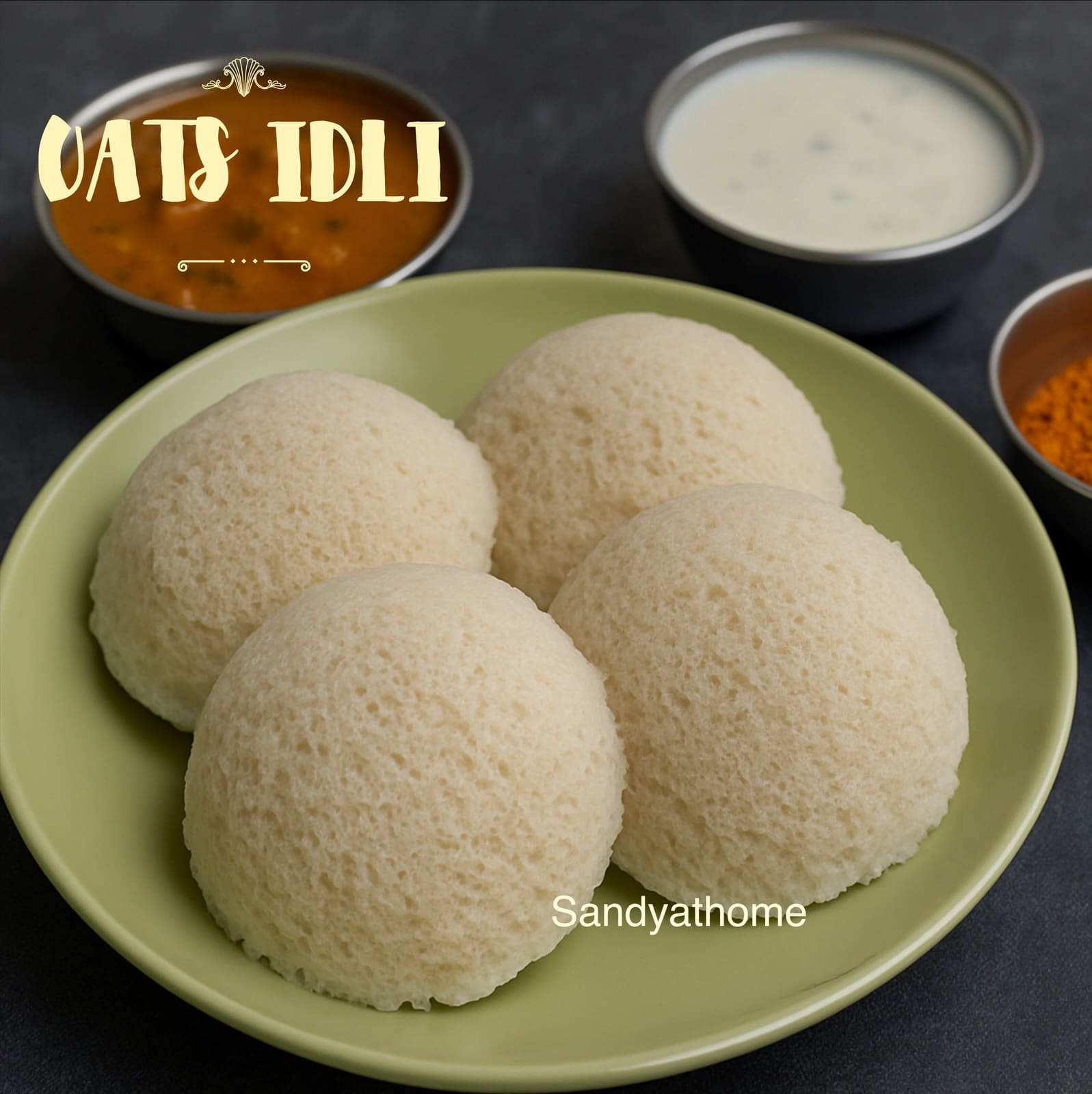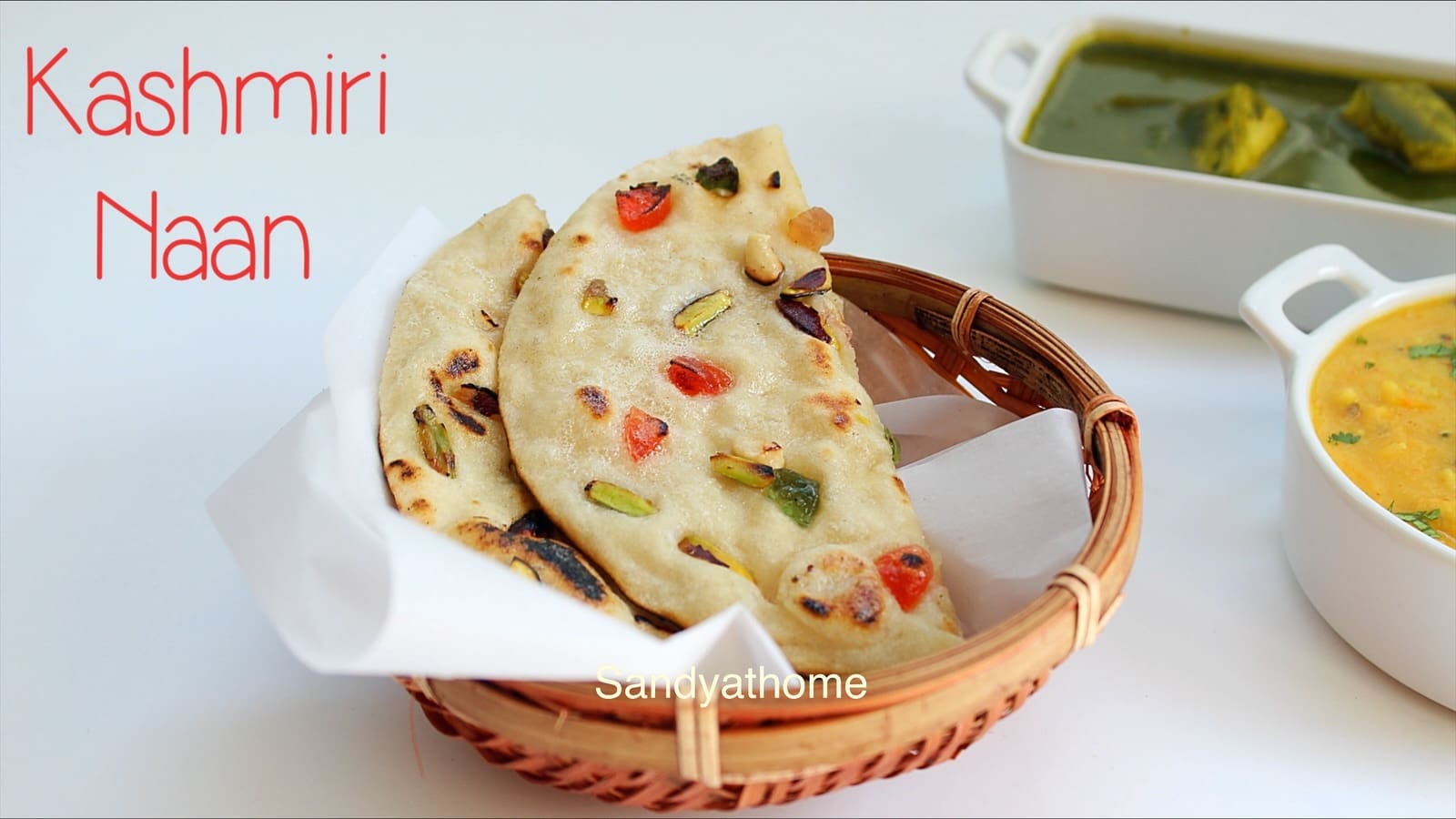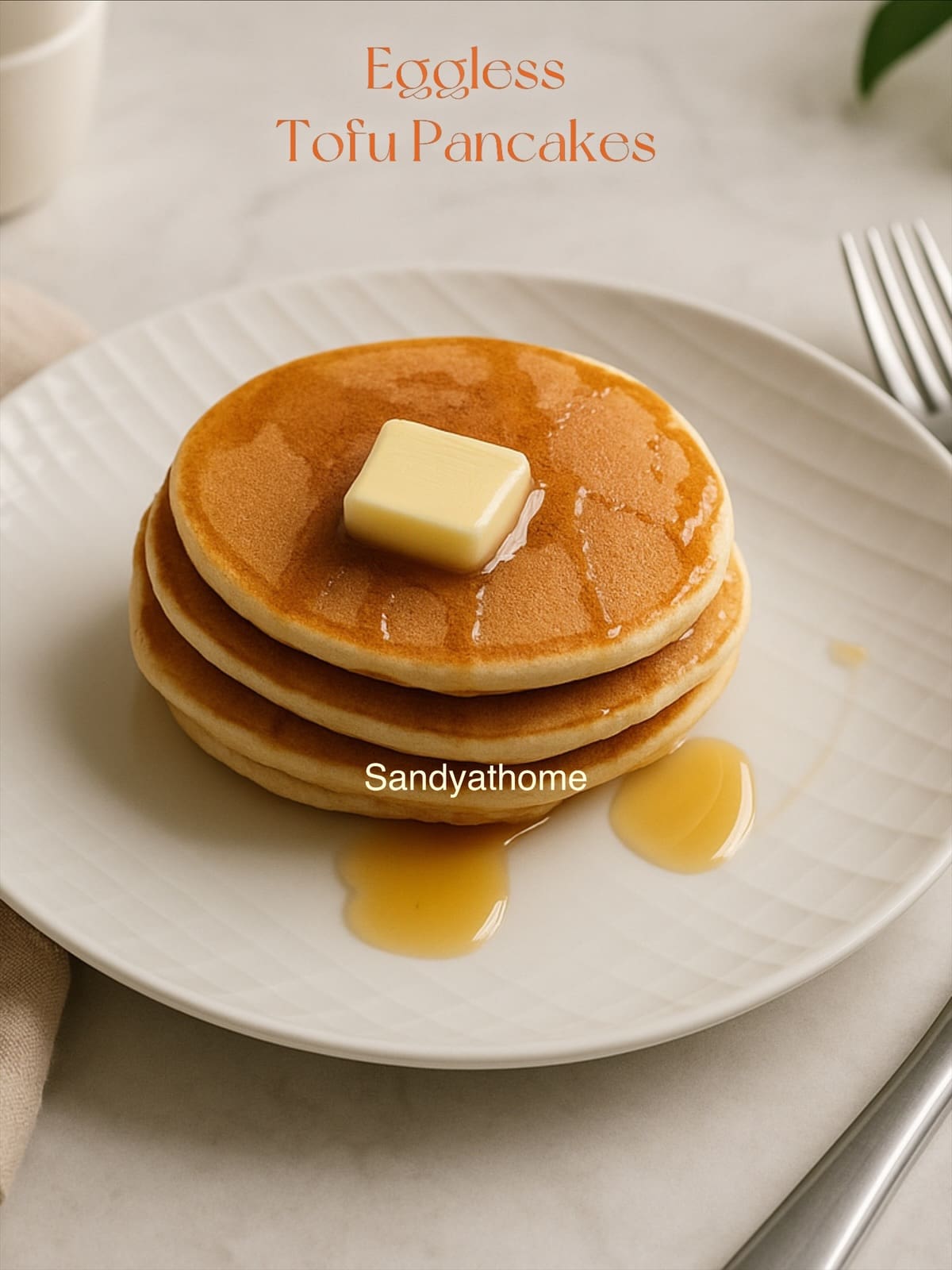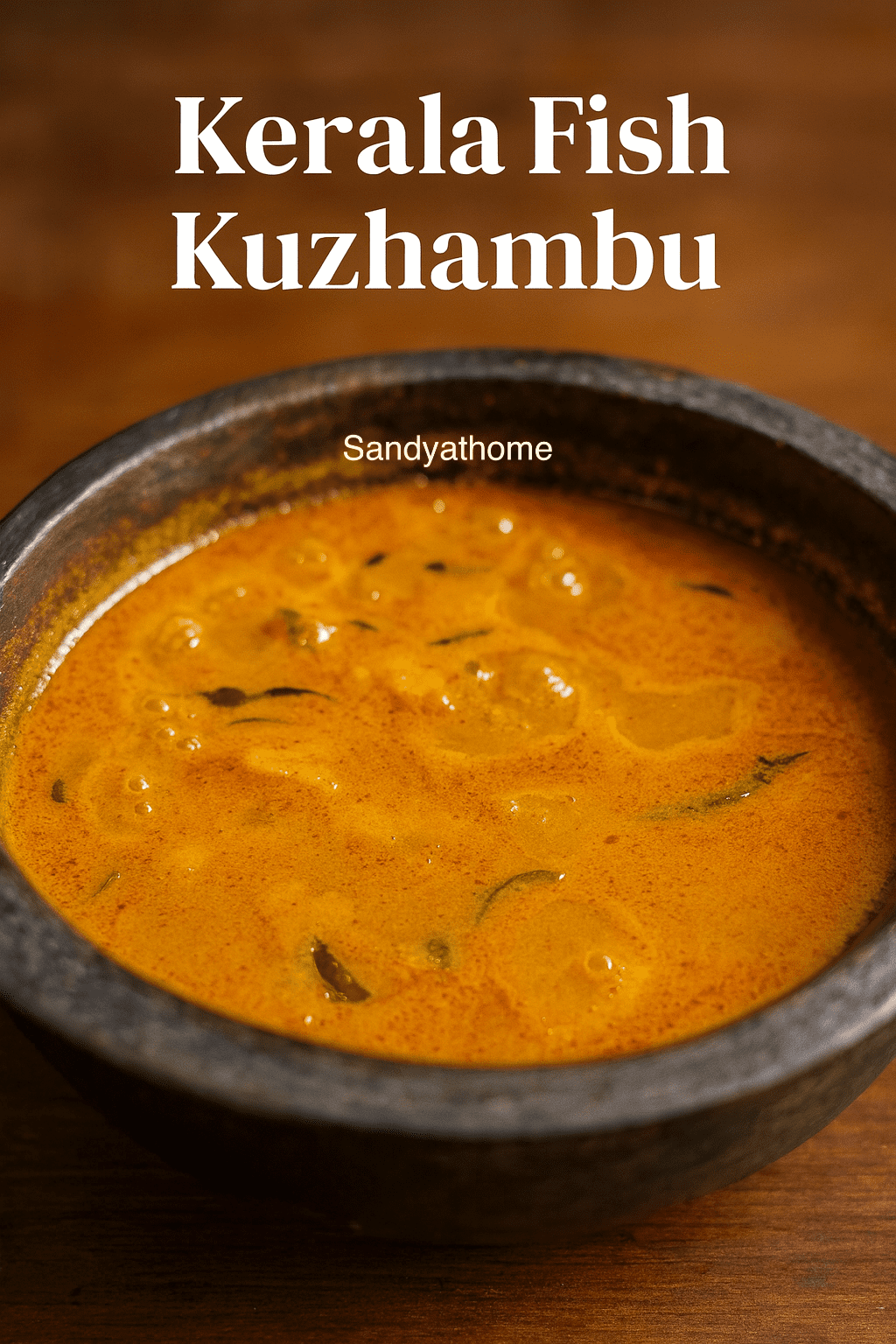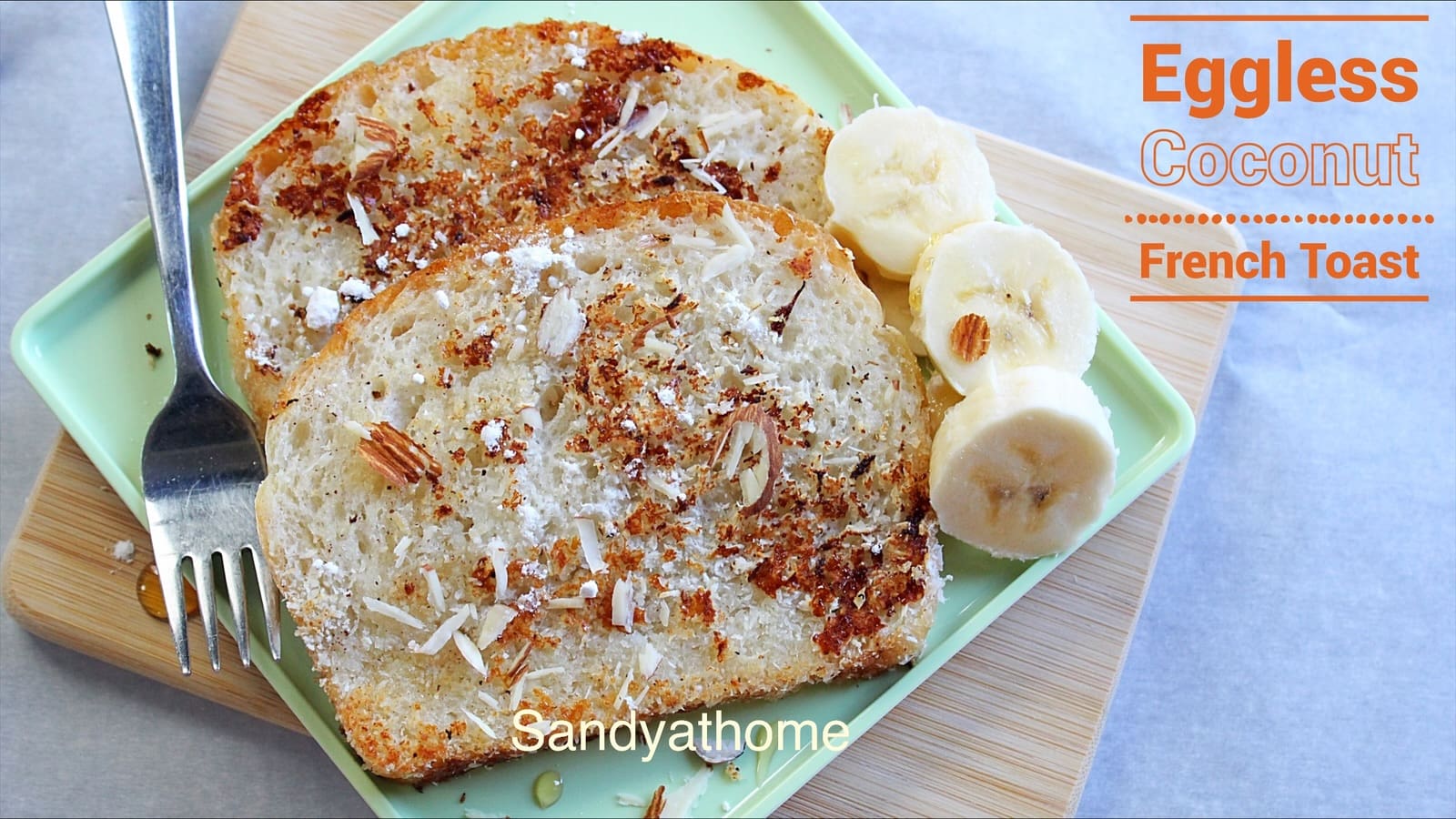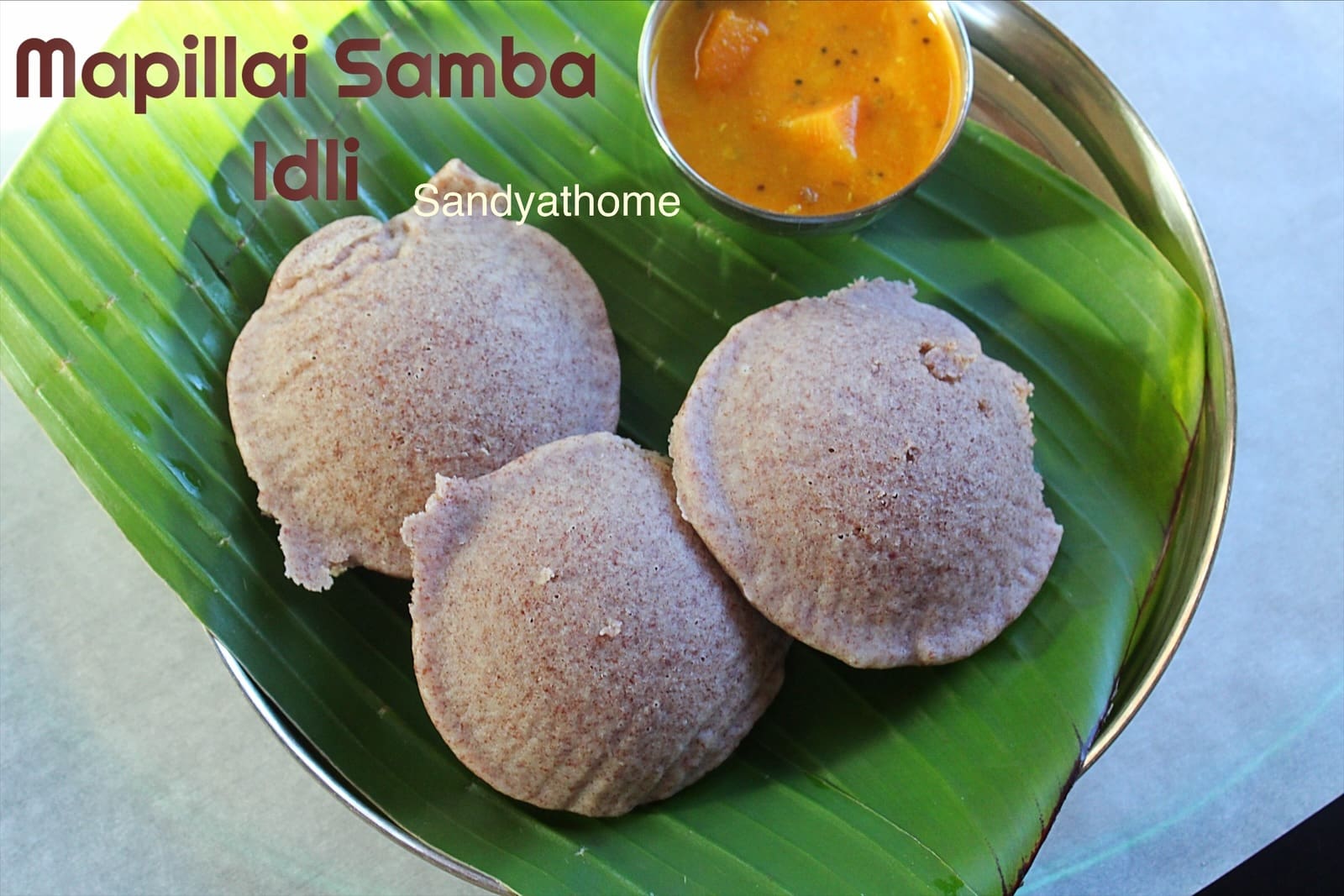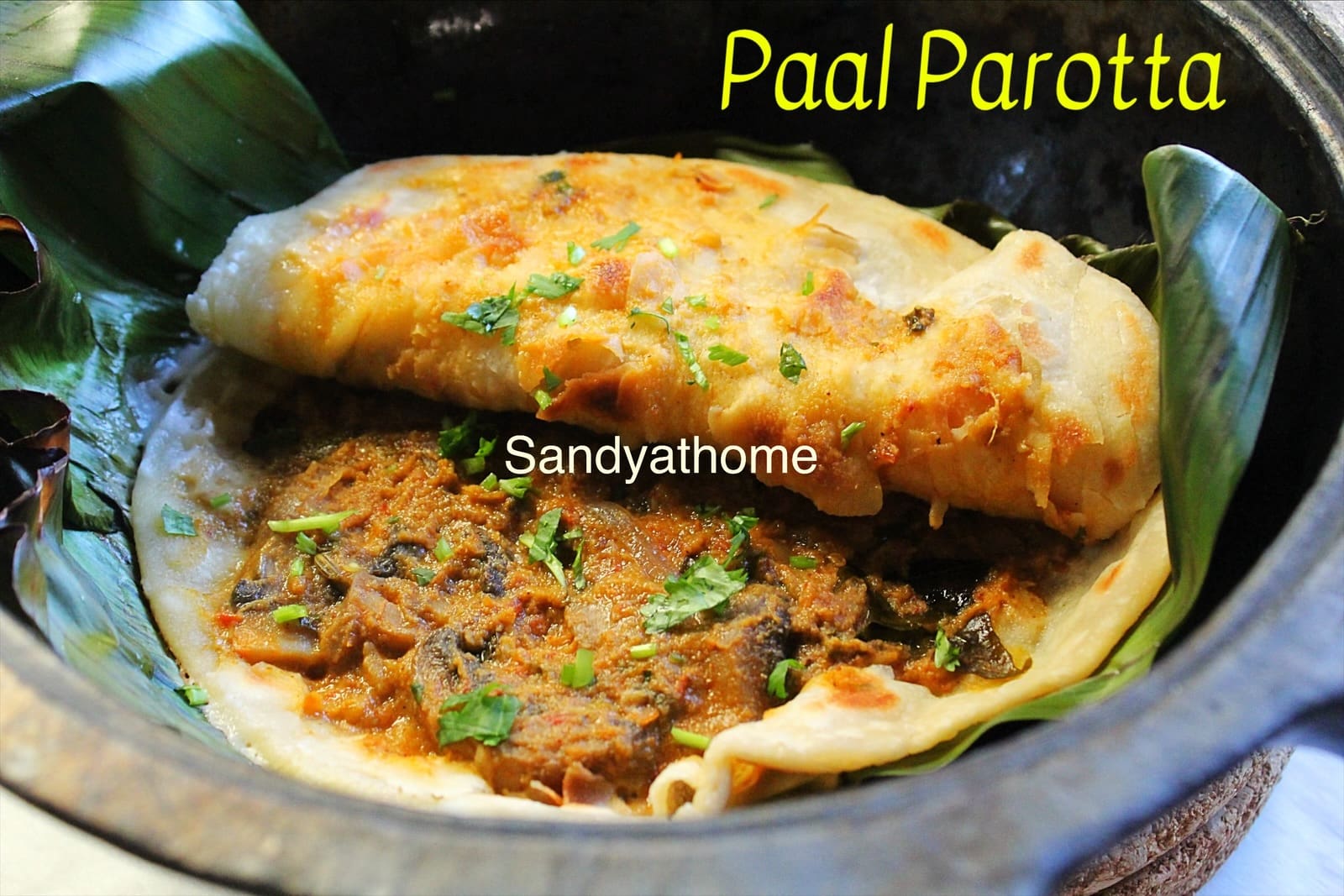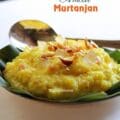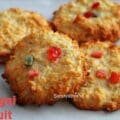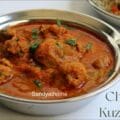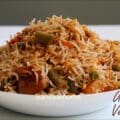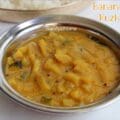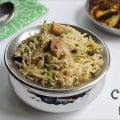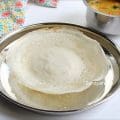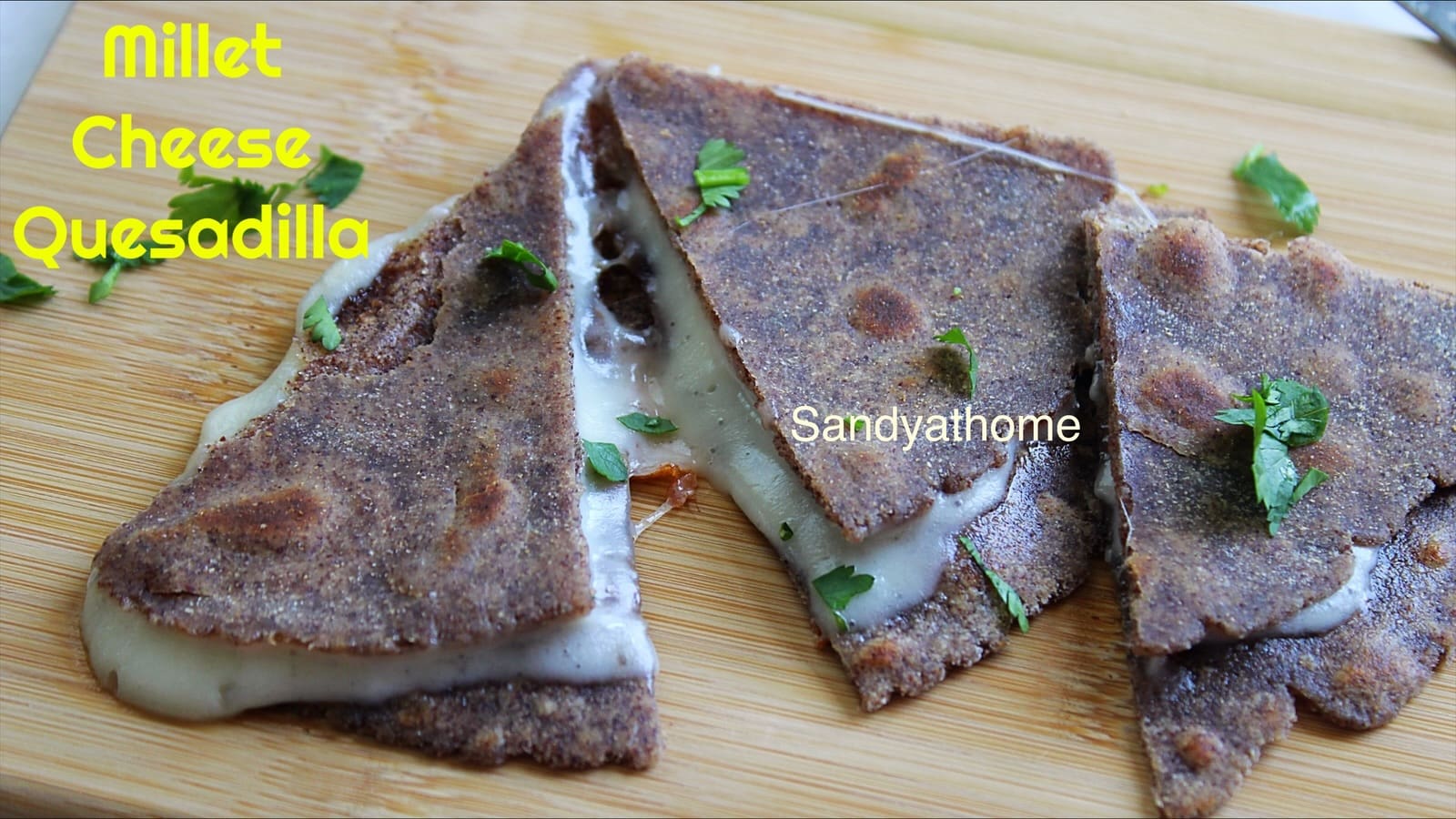Ceylon Parotta is a flaky, stuffed flatbread folded into a triangle or square and cooked on a hot tawa until crisp outside and soft within. It’s often seen at Tamil Muslim weddings and parotta stalls, filled with spicy egg or keema masala and served piping hot with salna.
When I moved to the U.S., I was surprised to see frozen square versions in the stores — and it instantly reminded me of how my mother-in-law would make parottas back home, folding them neatly and kneading egg into the dough for that extra softness. While some restaurants may skip the egg for convenience or cost, this home-style touch adds richness and keeps the layers soft even after cooling.
She never needed fancy plating or garnish — just her legendary chicken curry and square parotta, and the whole house would go silent at the table. Inspired by her method, this recipe brings back that flaky joy with a little revival magic — folded, filled, and flavored just the way I like to remember it. Here is plain street food style Ceylon Parotta recipe from my kitchen.
Bite of History – Ceylon Parotta
Despite its name, Ceylon Parotta isn’t from Sri Lanka. It’s a Tamil Muslim street food classic, born in the kitchens of Madurai and Ramnad. Traditionally folded like a triangle or square, it’s stuffed with spicy fillings and pan-fried to golden perfection. The name “Ceylon” was likely added to evoke an exotic charm, but the roots are purely Tamil. In many homes, egg is kneaded into the dough for extra softness — a quiet tradition passed through generations, one flaky layer at a time.
Jump to RecipeIngredient Roles – Ceylon Parotta
For the Dough
Ingredient | Role in Dough |
|---|---|
| All-purpose flour (maida) | Forms the base dough; provides gluten for stretch and flaky layers |
| Egg | Adds softness, rich color, and elasticity to the dough |
| Salt | Enhances overall flavor |
| Sugar | Helps balance taste and encourages mild browning |
| Oil | Keeps the dough pliable and contributes to flakiness |
| Warm water | Brings the dough together and helps develop gluten |
| Oil or ghee (for cooking) | Used while frying to achieve golden, crisp layers |
You May Also Like these Recipes:
Directions to make ceylon parotta with step by step images
- In a wide mixing bowl, add 2 cups of maida, ¾ tsp salt, ½ tsp sugar, and 2 tbsp oil. Crack in 1 egg and mix gently.

- Add warm water little by little and knead into a soft, smooth dough. It should be pliable but not sticky. Knead well for 8–10 minutes until elastic.
Smear a few drops of oil on top, cover with a cloth or lid, and rest for at least 1 hour (up to 2 hours is ideal for softer layers).
- Divide the rested dough into 5 or 6 equal balls.
On a greased surface, take one ball and flatten or stretch it thin using your hands or a rolling pin.
It should be paper-thin — almost see-through but not torn. Fold as shown.
- Heat a tawa or flat pan over medium flame.
Drizzle some oil or ghee. Place one folded parotta on the tawa.
Cook for 2–3 minutes on each side, pressing gently with a spatula, until golden and crisp. Repeat for the remaining parottas.
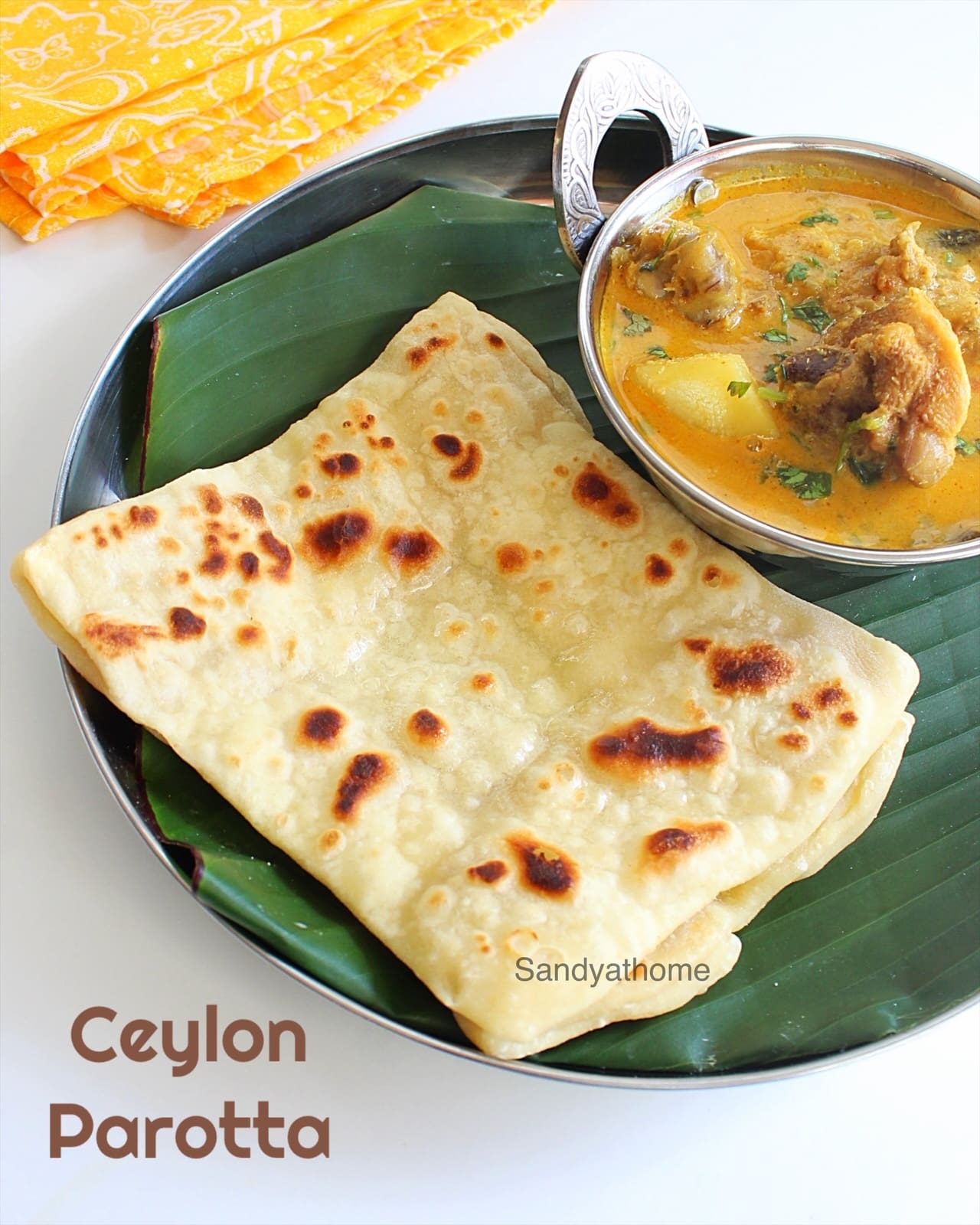
Pro Tips to make tasty Muslim Style Ceylon Parotta
- Rest the dough well – A minimum of 1 hour gives better gluten development and soft layers. More time = softer parottas.
- Don’t skip the oil between folds – That’s what gives the signature flakiness.
- Cool the filling before stuffing – Hot filling can tear the thin dough while folding.
- Cook on medium heat – Too hot and it’ll brown before the inside heats through.
- Use a heavy tawa – Cast iron or thick nonstick pans give even golden spots.

Serving Suggestions
- Classic: Serve hot with onion raita and coconut or tomato salna.
- Comfort style: Just pair with curd and lemon pickle.
- Indulgent: Pair with Muslim-style chicken curry (like your MIL’s legendary one!)
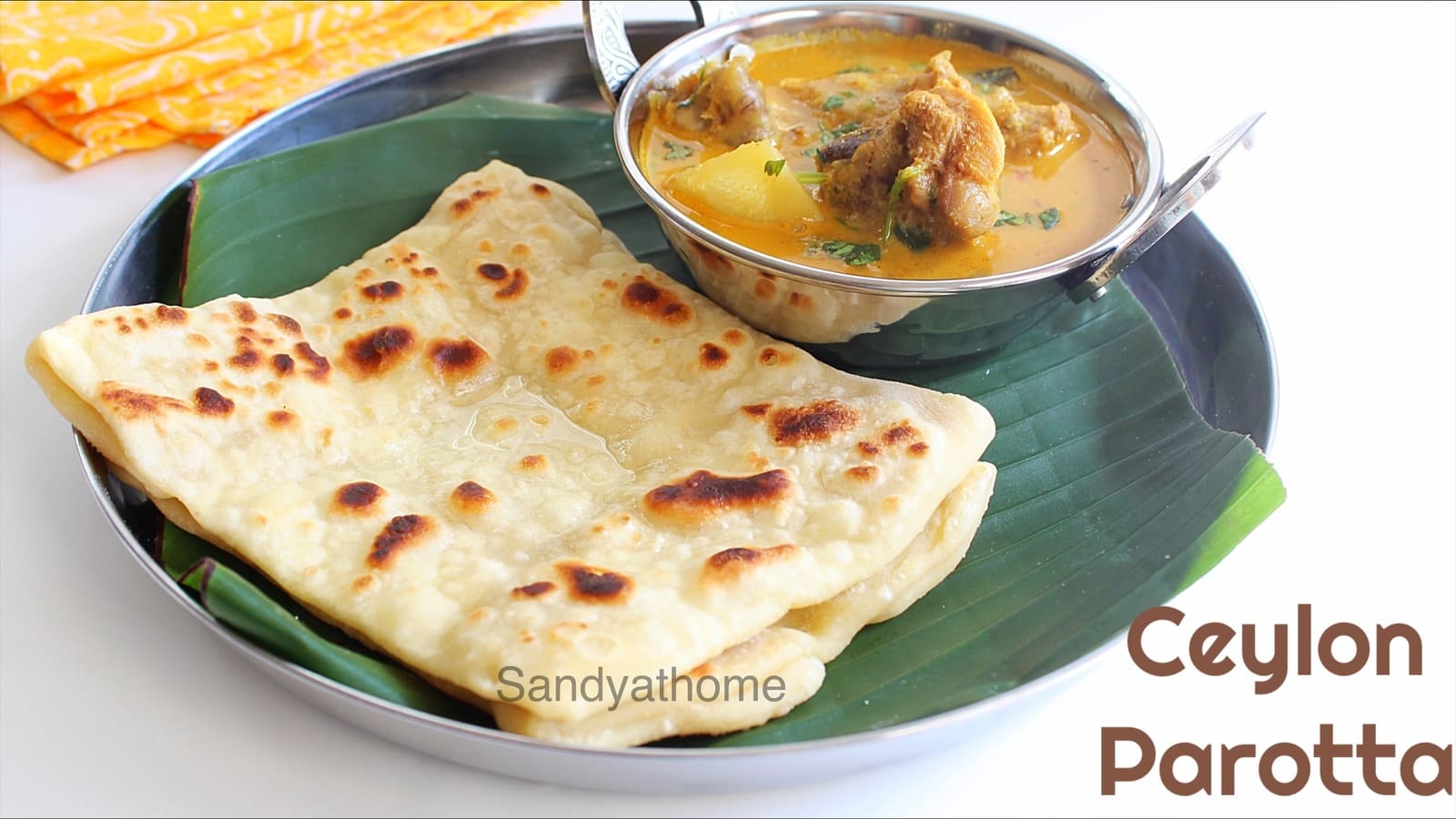
FAQs – Ceylon Parotta
A: Ceylon Parotta is stuffed and folded into a triangle or square, while Veechu Parotta is plain, thin, and usually served without filling. The names are often confused, but the filling makes all the difference.
A: Yes, you can. But the egg adds softness, richness, and elasticity. Without it, the dough will be slightly firmer.
A: Yes! You can prepare and fold the parottas, layer with parchment, and refrigerate for a day. Reheat on tawa before serving.
Breakfast and dinner recipes
Besan Puri, How to make Besan Ki Masala Poori
A warm, golden besan poori perfect for cold weather—crisp, lightly spiced, and comforting, made with gram flour that naturally warms the body during winter.
Thanni Urundai, Neer Urundai, How to make Ganji Kudumulu
Soft rice flour dumplings simmered in spiced water, Amma’s comforting Thanni Urundai pairs beautifully with tangy tomato chutney.
Soba Noodles Stir-Fry with Vegetables, How to make Veg Soba Noodles
Wholesome, colorful, and full of flavor — these vegetable soba noodles are tossed in a soy-sesame sauce and packed with fresh veggies for a light, nourishing meal that’s ready in minutes.
Butternut Squash Quiche, How to make Bread-Base Quiche
Golden, creamy butternut squash quiche made with bread base, cheddar, and feta — a cozy, no-crust autumn brunch favorite baked to perfection.
Butternut Squash Pasta, How to make Squash Pasta
Cozy, creamy, and gently spiced — a comforting fall pasta with roasted squash and a flavor boost from cumin, oregano, and feta.
Honey Walnut Shrimp, How to make Honey Walnut Shrimp
Crispy golden shrimp tossed in a creamy honey-mayo glaze with candied walnuts — a restaurant-style favorite made easy at home.
Chili Idli, How to make Chilli Idli, Leftover Idli Recipe
A quick and spicy Indo-Chinese snack made by tossing crispy air-fried idli cubes in a garlicky harissa-chilli sauce with onions, capsicum, and spring onions — perfect for using up leftover idlis in the most delicious way!
Rava Pongal, How to make Ven Pongal with Rava
A comforting South Indian breakfast made with roasted rava (semolina) and moong dal, tempered with ghee, pepper, cumin, ginger, and curry leaves. Soft, buttery, and wholesome — best served hot with coconut chutney.
Veg Kothu Kari Kuzhambu, How to make Veg Mince Curry
A Chettinad-inspired vegetarian twist on mutton kothu kari, this soya mince masala and kuzhambu is hearty, spicy, and perfect with rice, dosa, or chapati.
Aloo Palak, How to make Potato and Spinach Curry Recipe
Aloo Palak is a delicious North Indian curry where soft potato cubes are simmered in a smooth spinach gravy with aromatic spices. Nutritious, comforting, and perfect with roti, naan, or rice
Oats Dosa, How to make Fermented Oats Dosa
This fermented oats dosa is a light, nutty breakfast made with oats, rice, and urad dal — perfect for anyone seeking a wholesome, gluten-free South Indian meal.
Oats Idli, How to make Soft Oats Idli
Soft and fluffy fermented oats idli made with idli rice, urad dal, and oats — a healthy twist on the classic South Indian breakfast with the benefits of natural fermentation.
Kashmiri Naan, How to make Kashmiri Naan
A Kashmiri Naan is a soft, fluffy bread decorated with nuts, raisins, and tutti frutti, finished with butter/ghee for softness.
Tofu Pancakes, How to Protein-Rich Eggless Pancakes
Fluffy, protein-rich pancakes made with blended firm tofu instead of eggs. A wholesome 50:50 mix of wheat and all-purpose flour keeps them hearty yet soft — the perfect healthy twist on a classic stack.
Kerala-Style Fish Curry, How to make Kerala Style Salmon Curry
A creamy Kerala-style coconut kuzhambu made with salmon, ground coconut masala, and curry leaves — rich, golden, and comforting.
Eggless Coconut French Toast, How to make Eggless French Toast
Soft bread slices dipped in cinnamon-spiced milk, coated in golden toasted coconut, and topped with almonds, honey, and banana — this eggless coconut French toast is a tropical twist on a breakfast classic.
Mapillai Samba Idli, How to Make Mapillai Samba Rice Idli
Learn how to make soft, healthy Mapillai Samba Idli using heirloom red rice from Tamil Nadu. A high-fiber, gut-friendly twist to your classic South Indian breakfast.
Paal Parotta Recipe, How to make Veg Paal Parotta
This banana leaf–lined clay pot paal parotta is a comforting South Indian twist where flaky parottas are soaked in creamy mushroom salna, steamed with ghee-roasted cashews and curry leaves, and served hot for a mess-style finish that feels nostalgic and indulgent.
